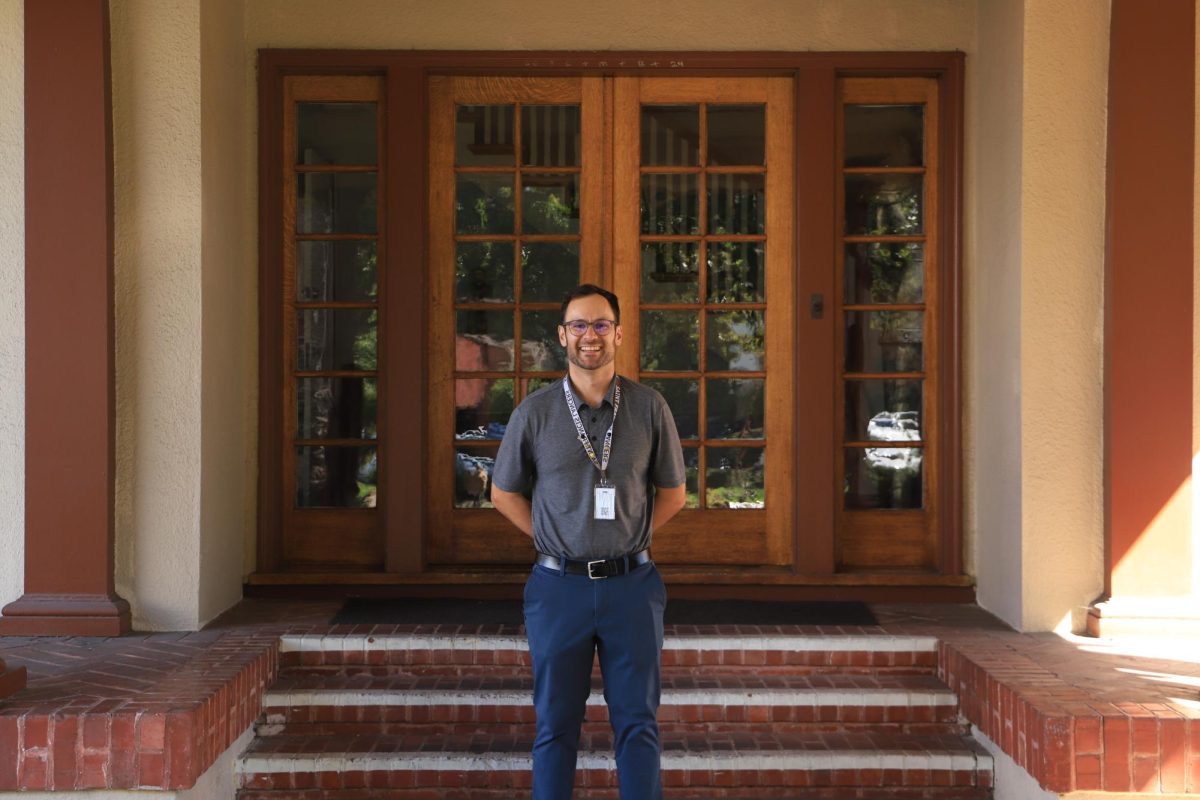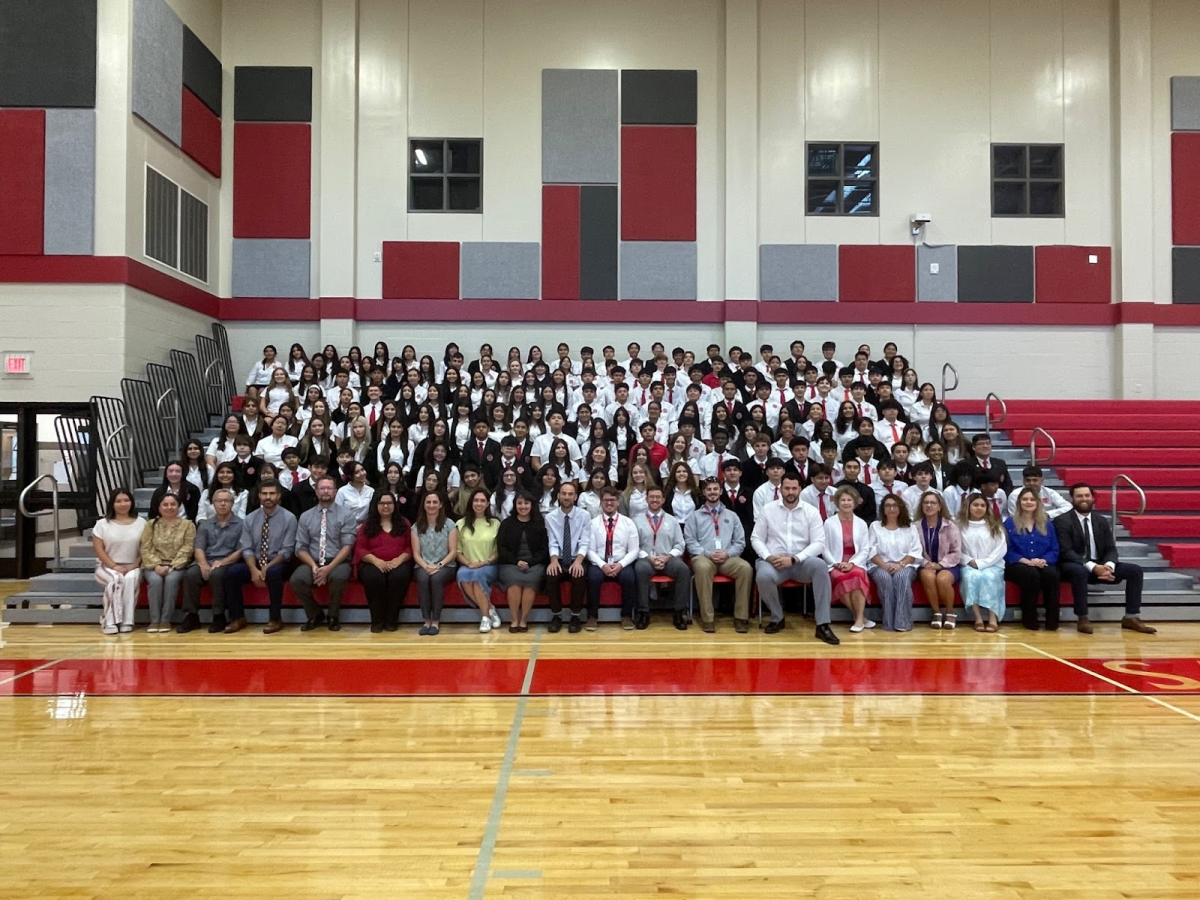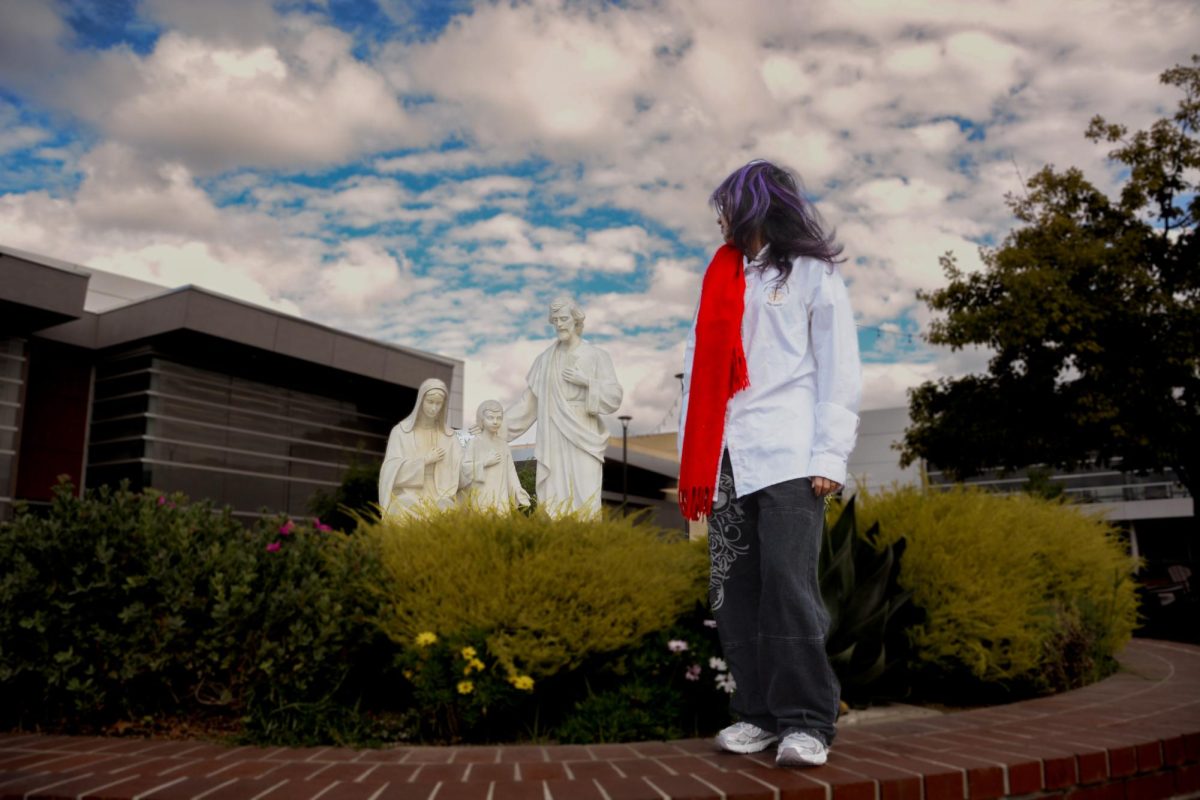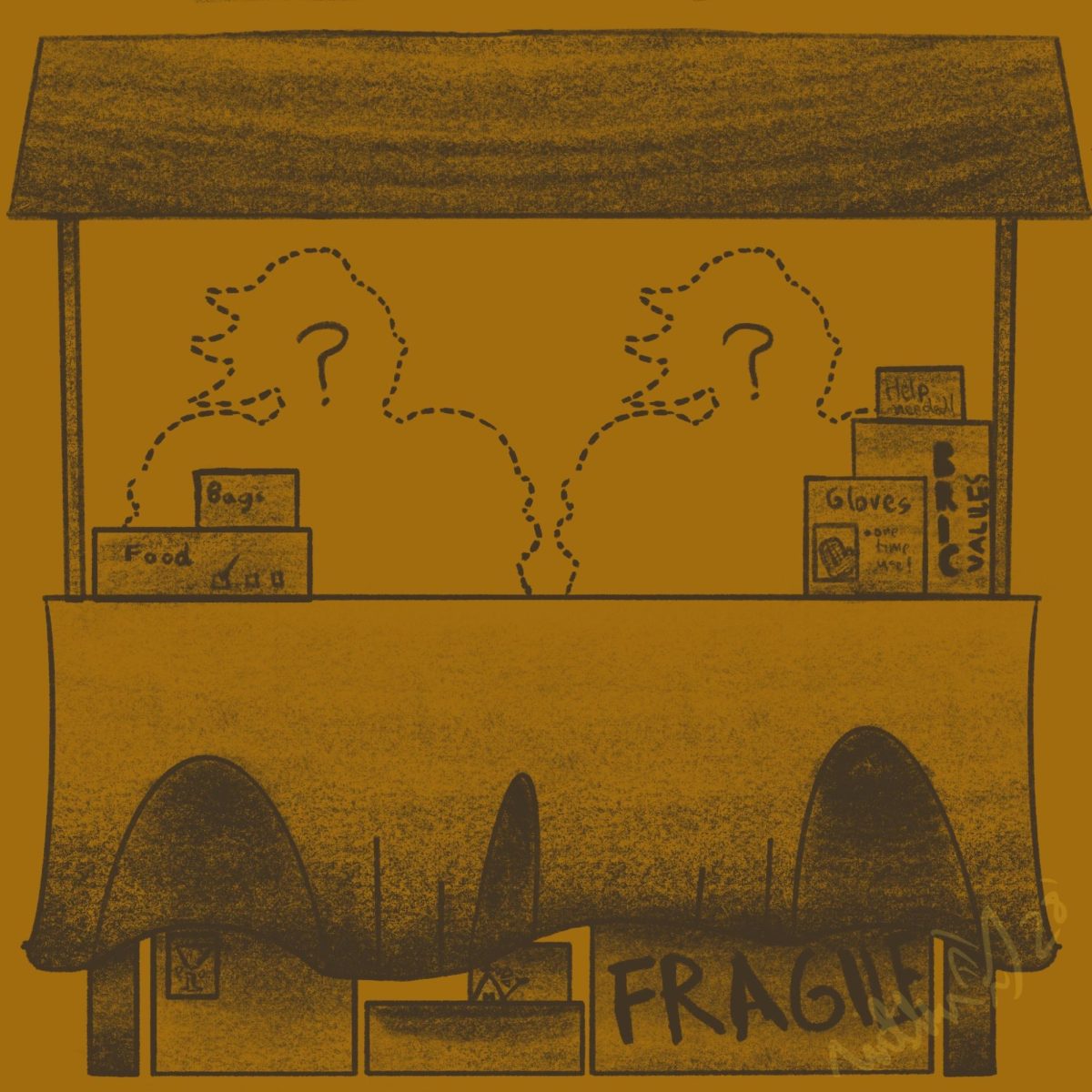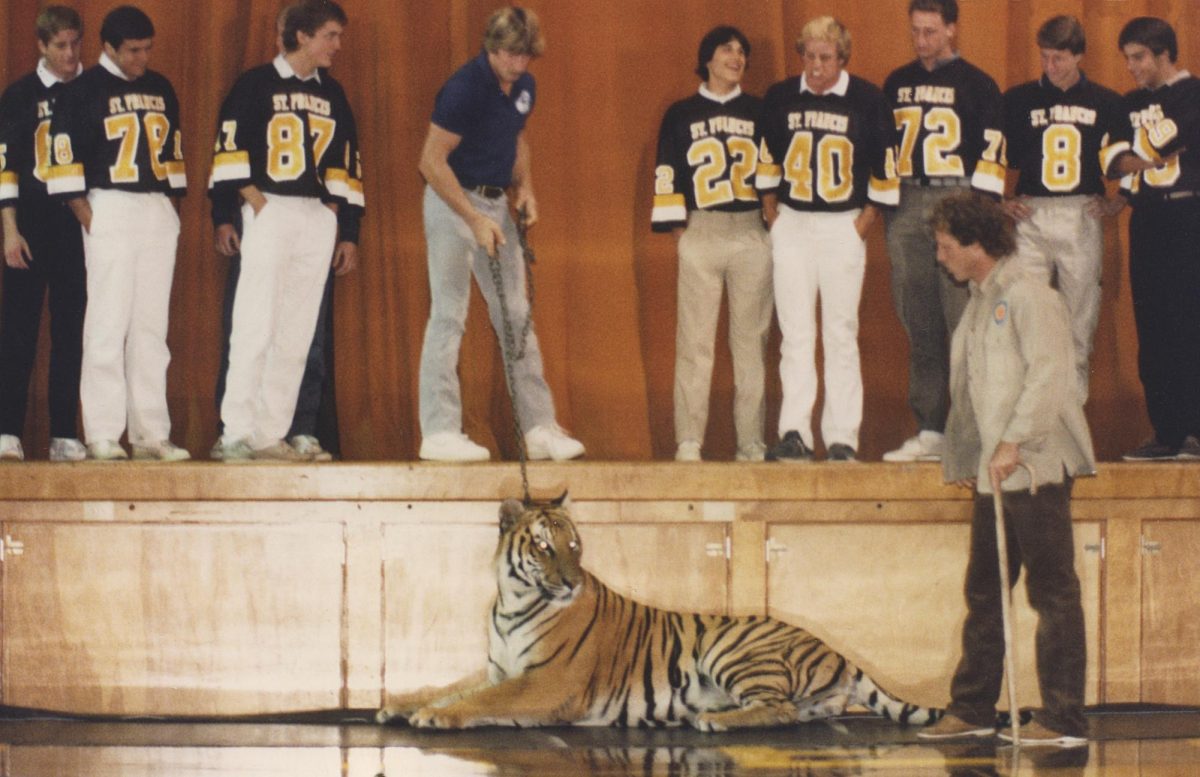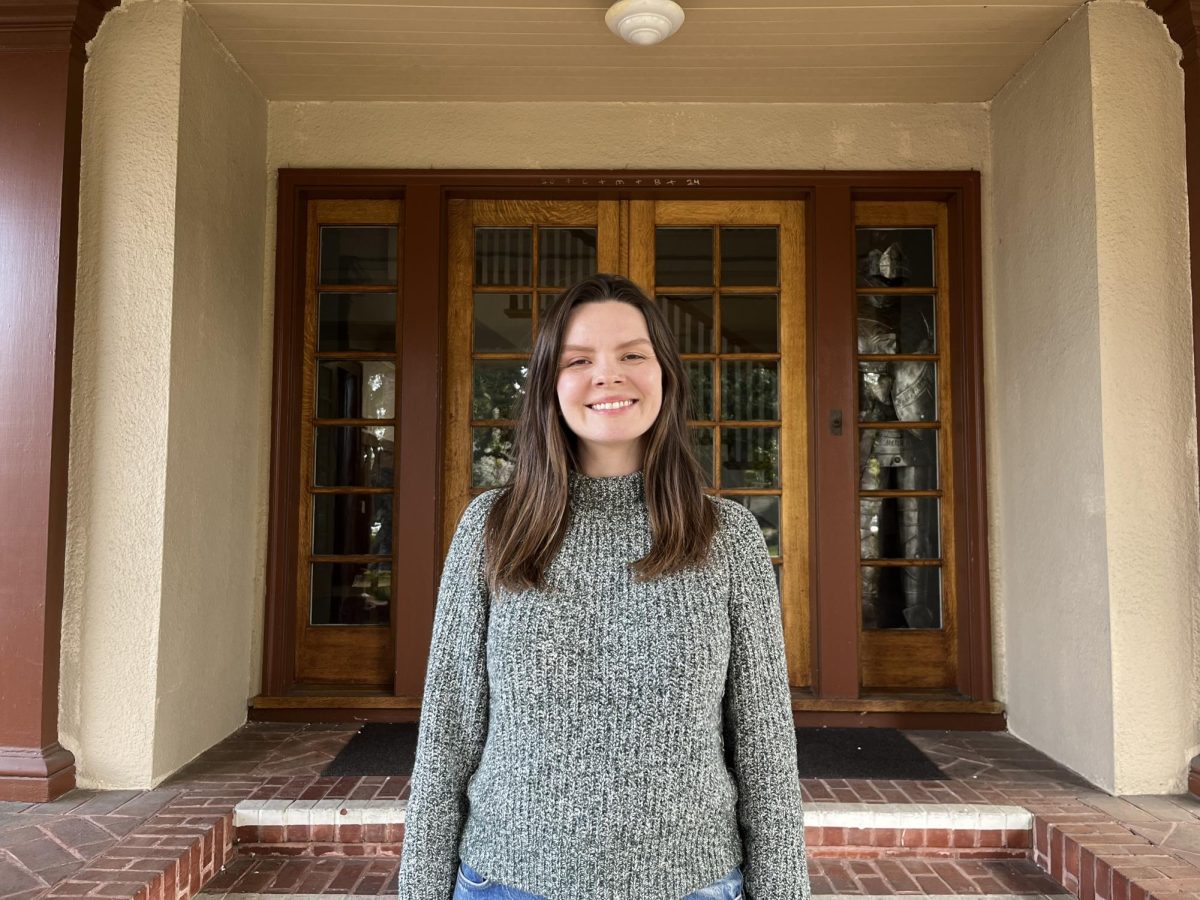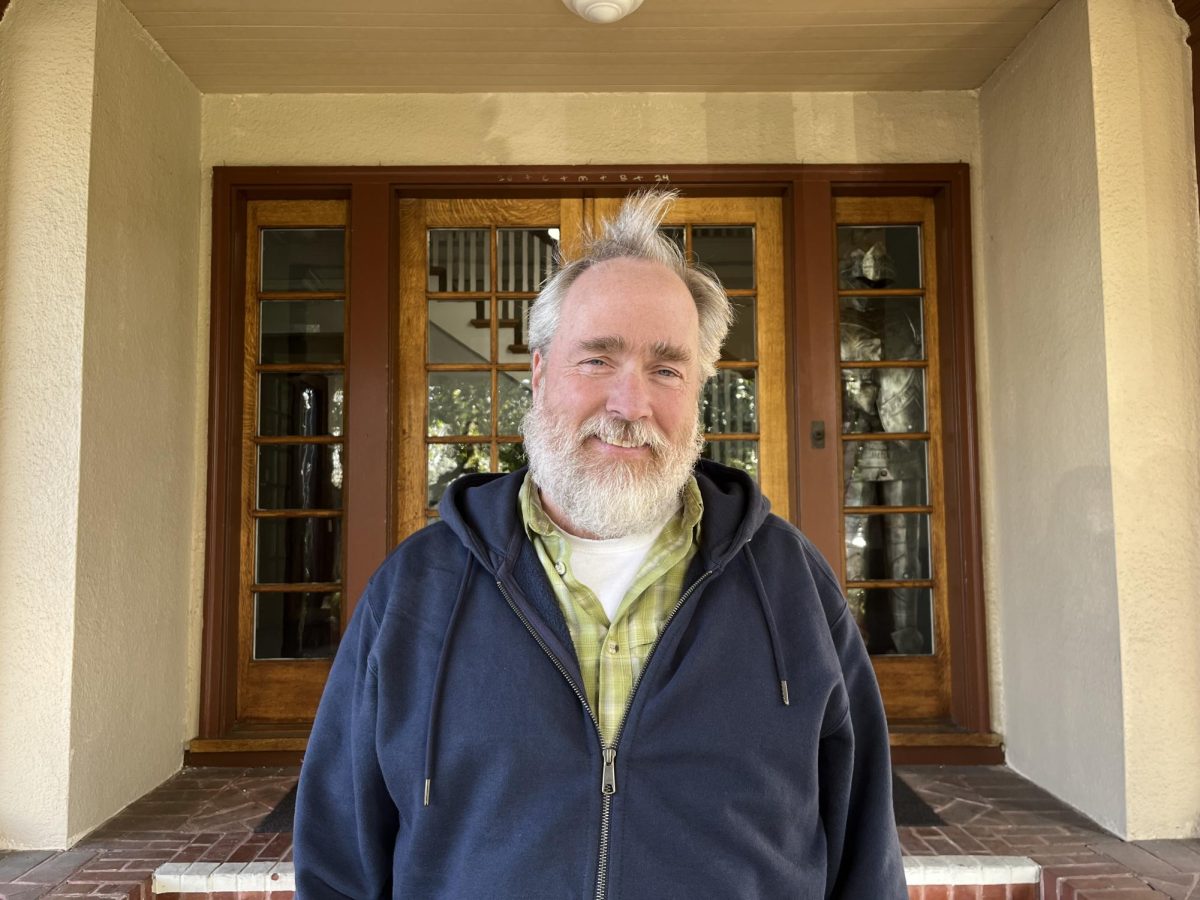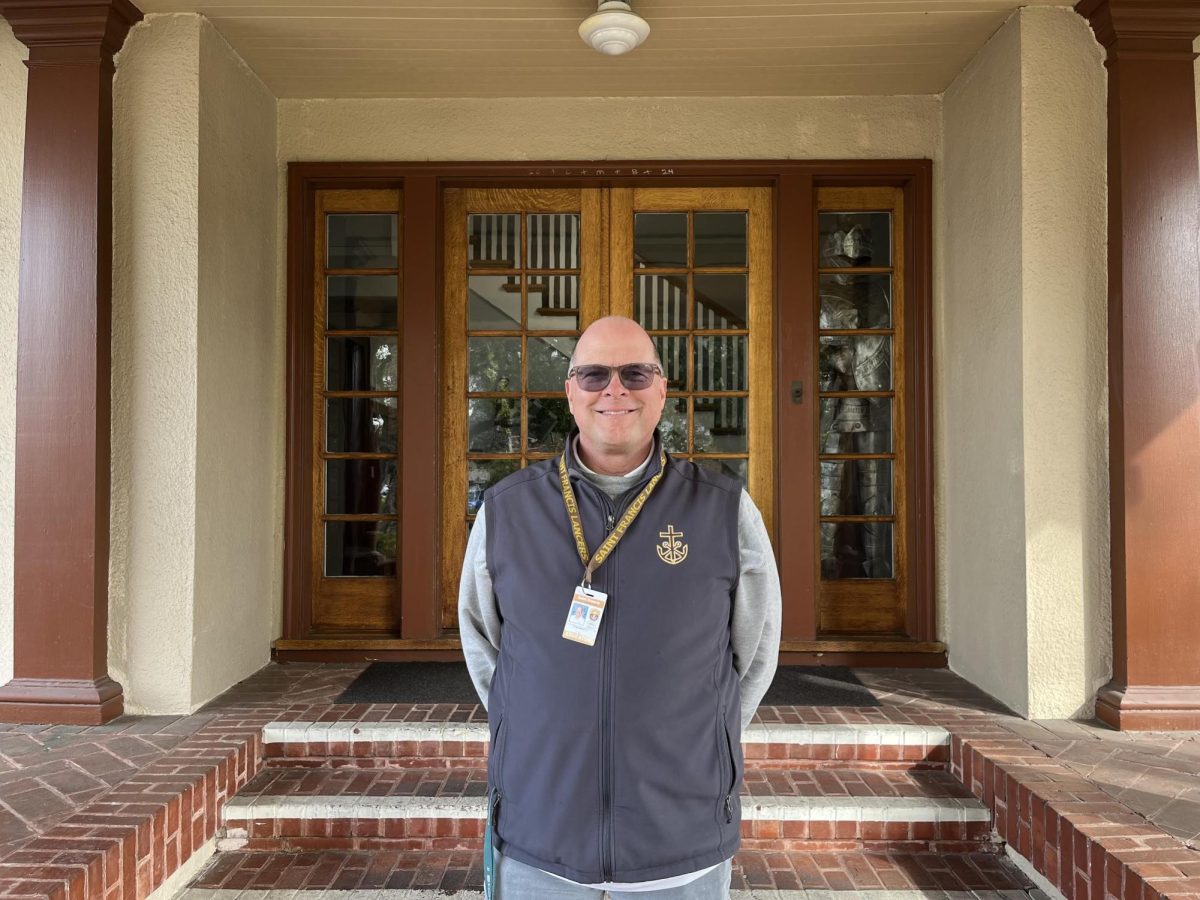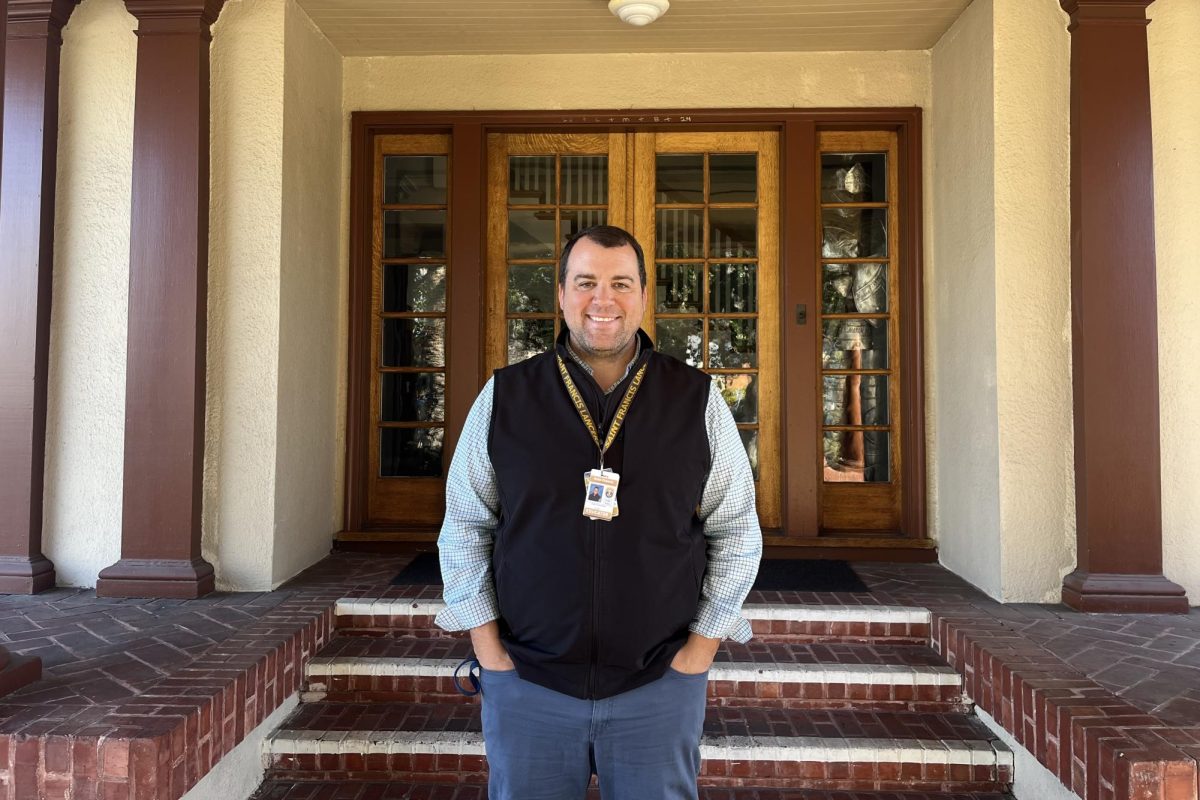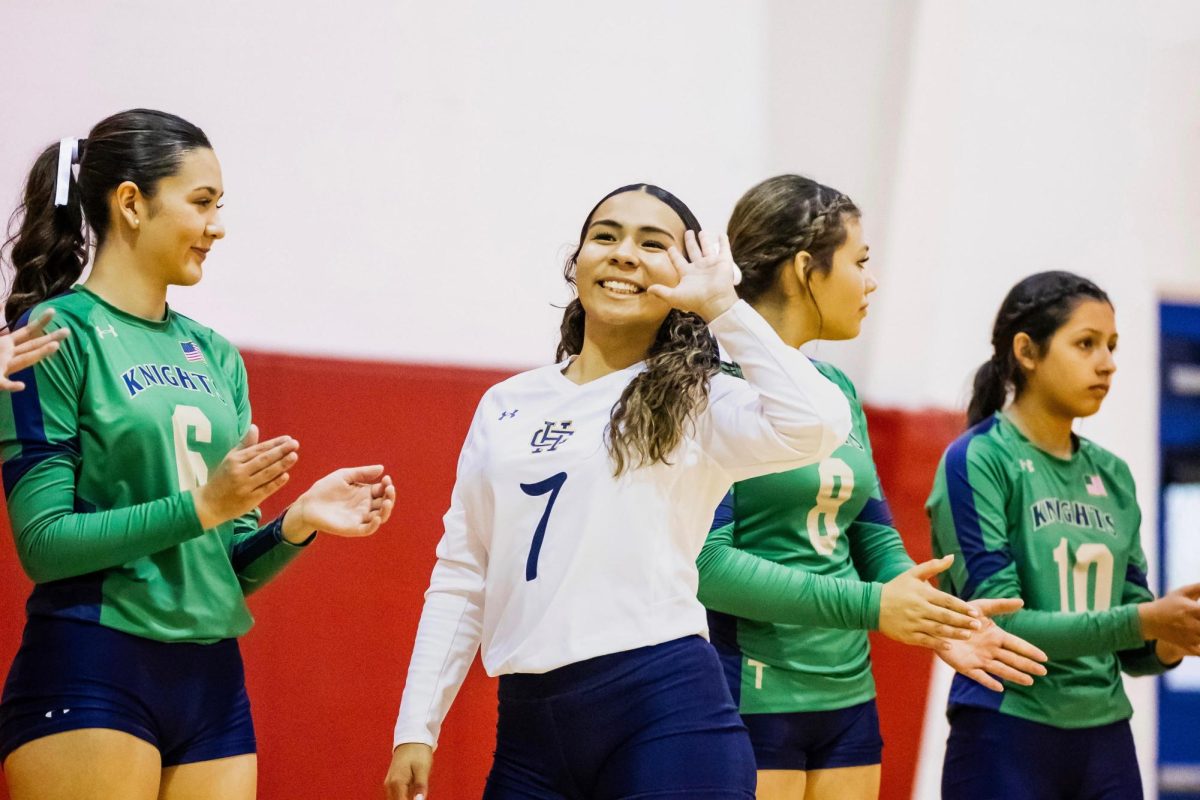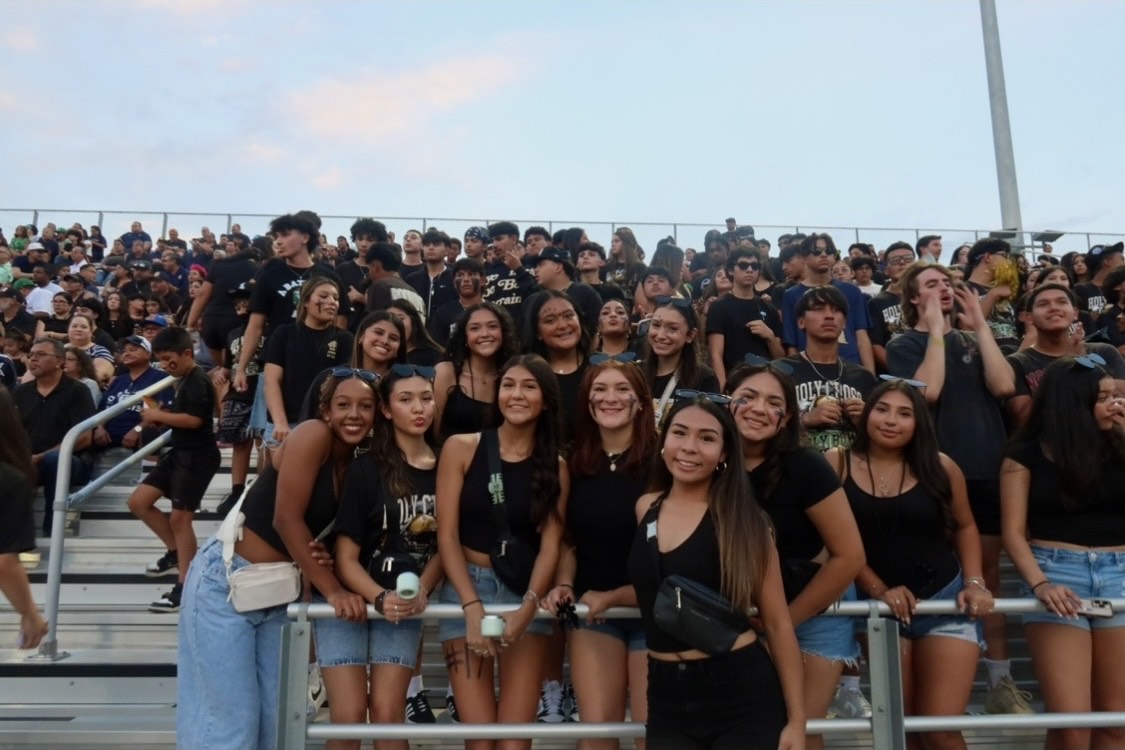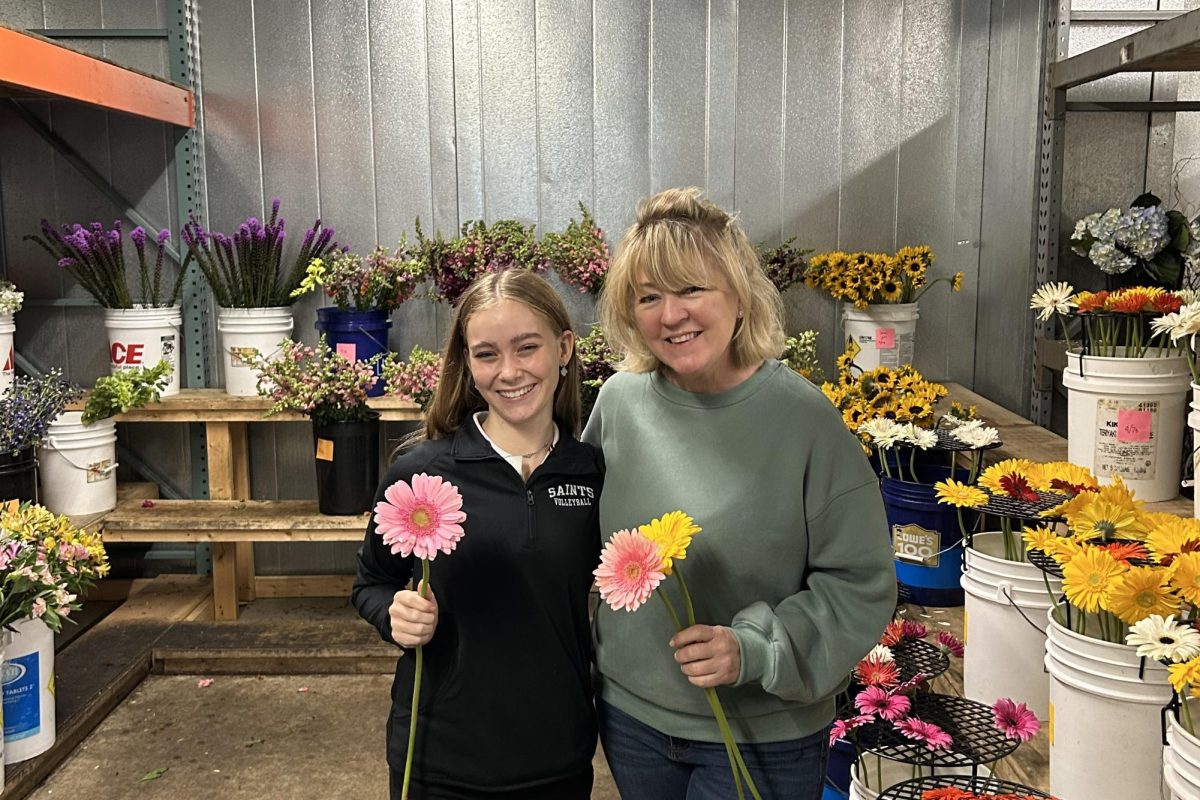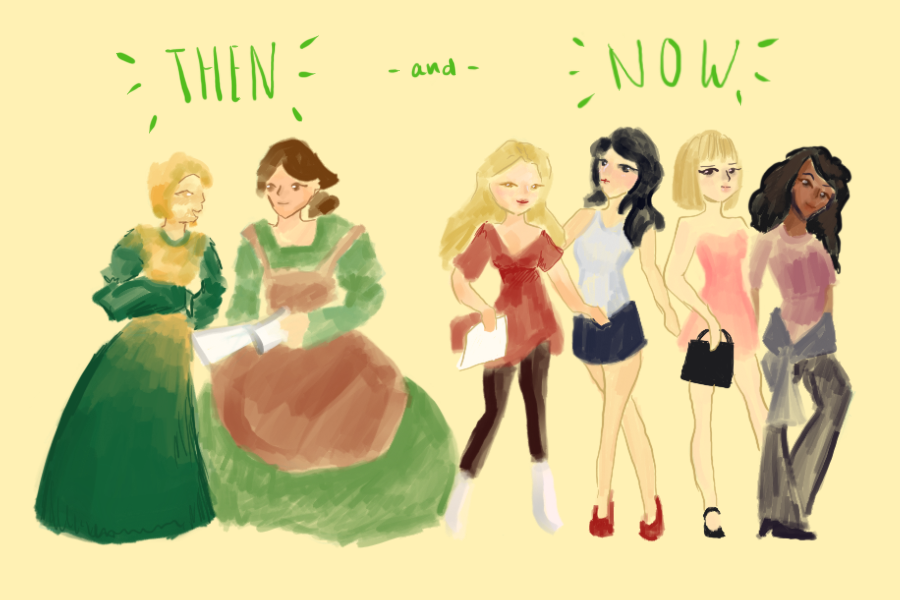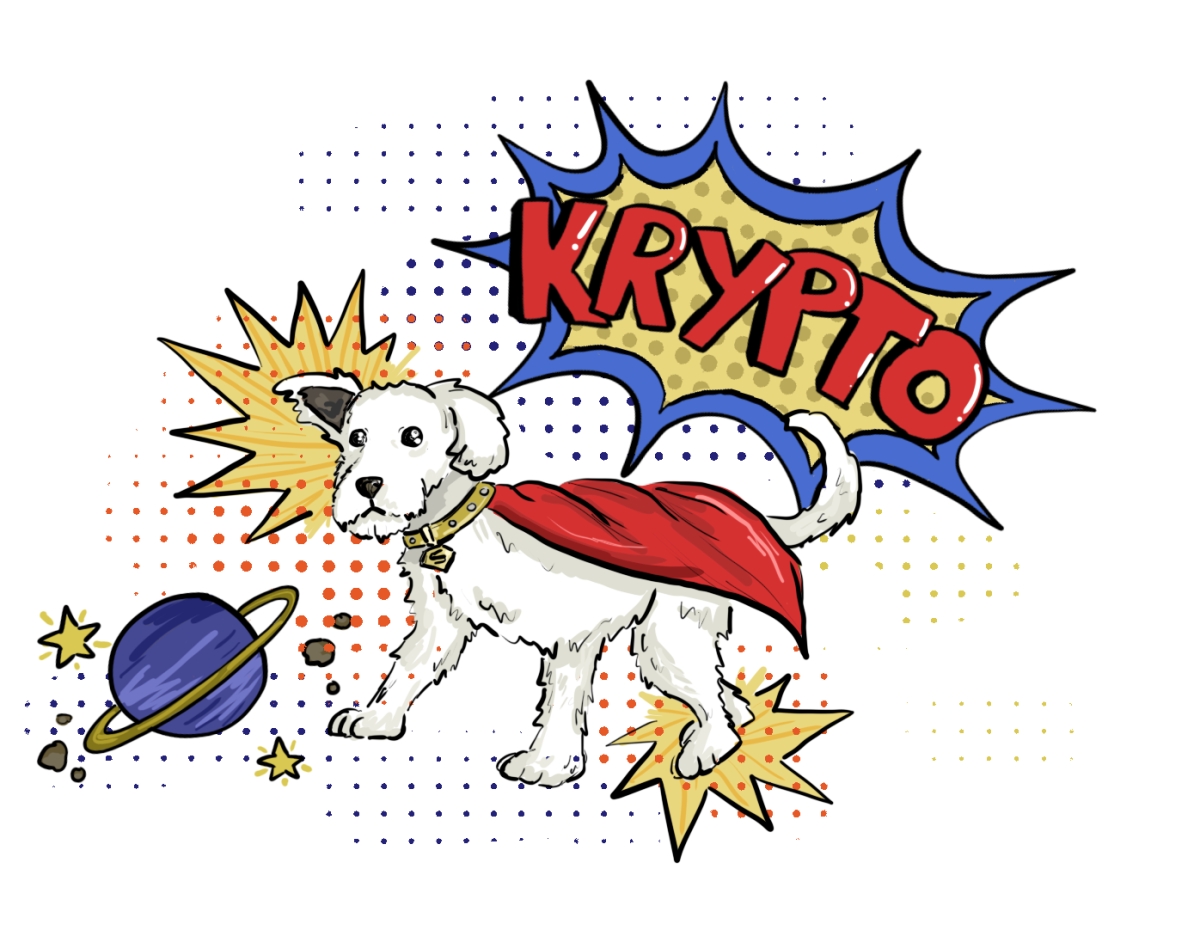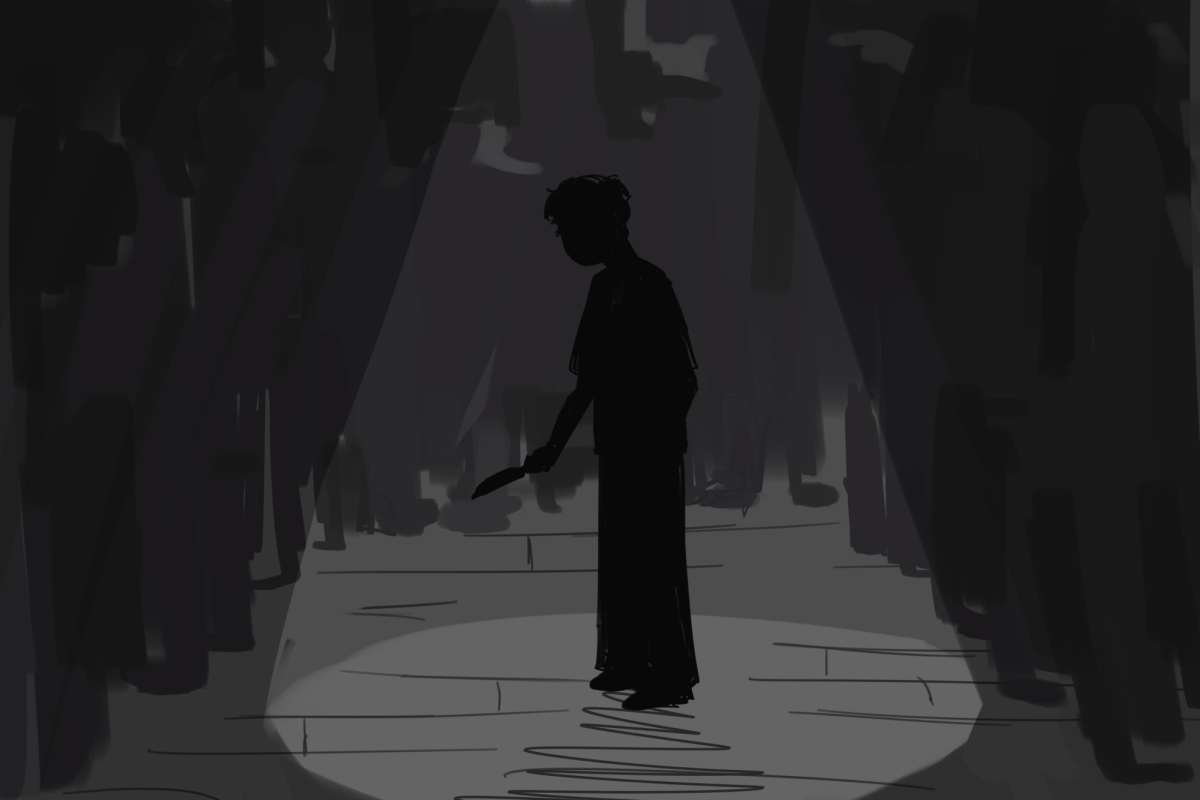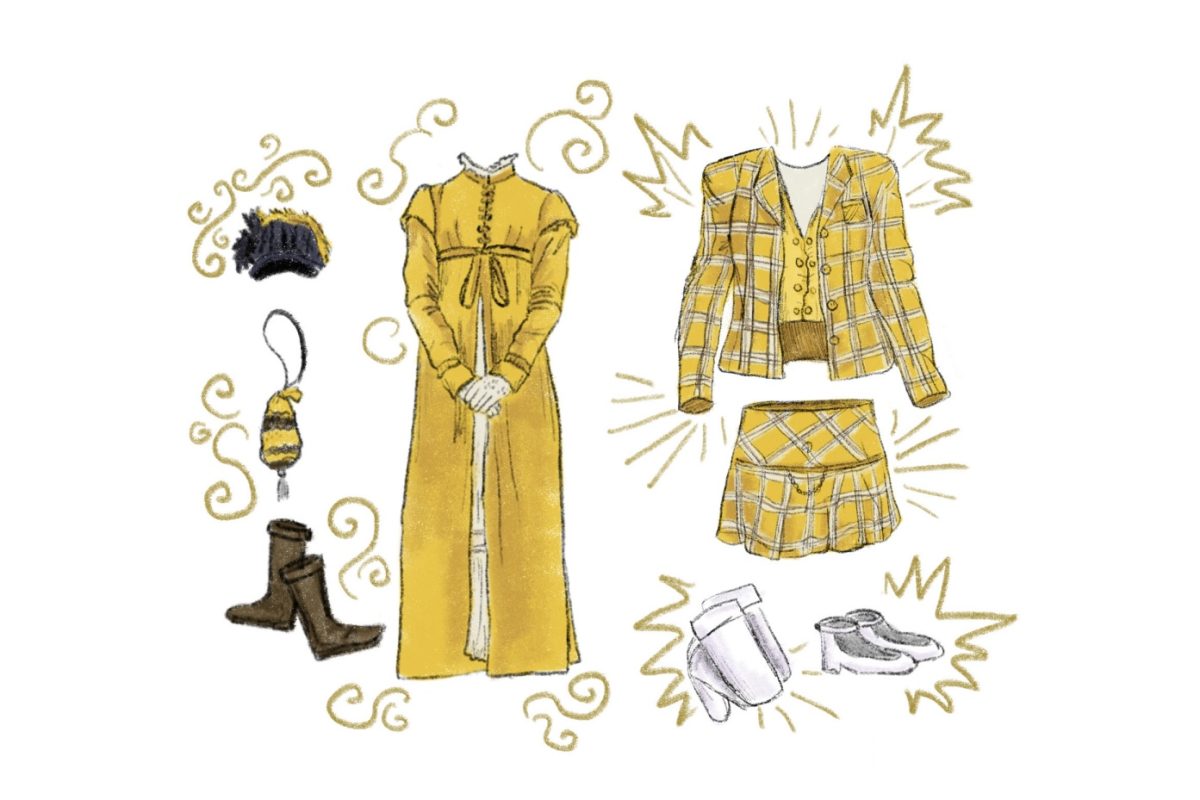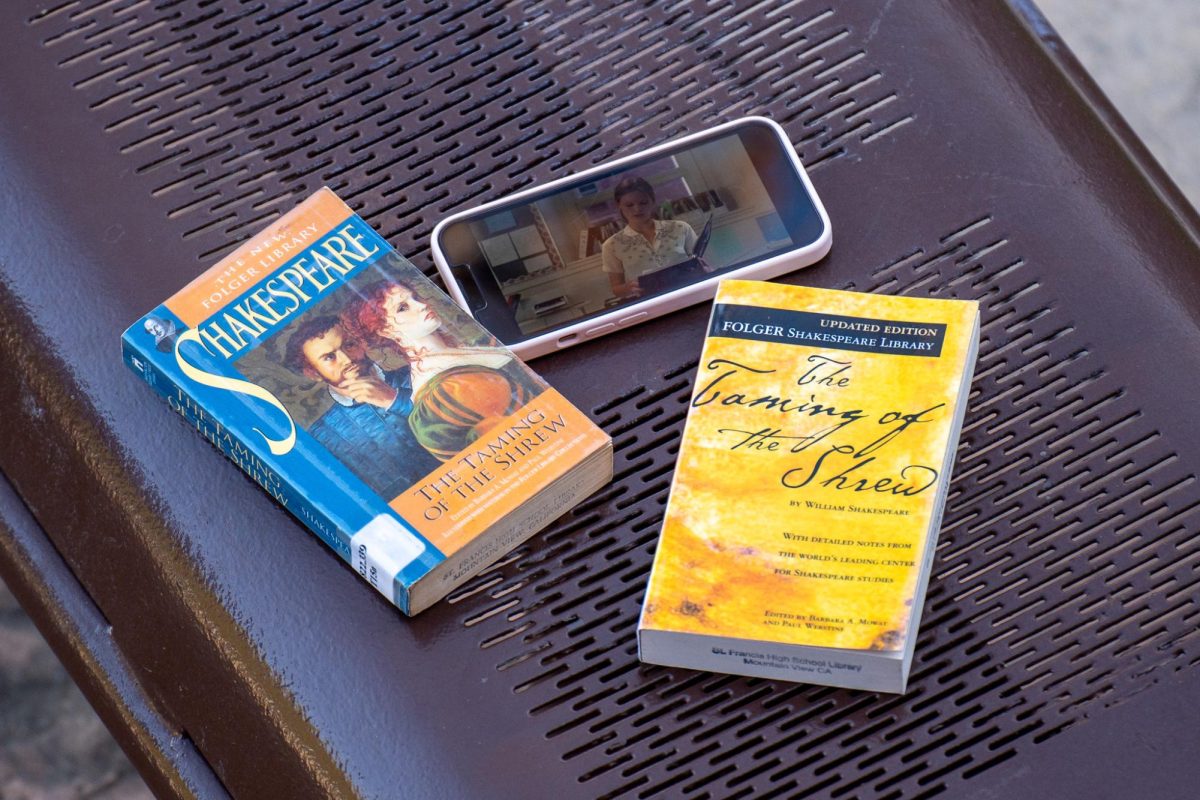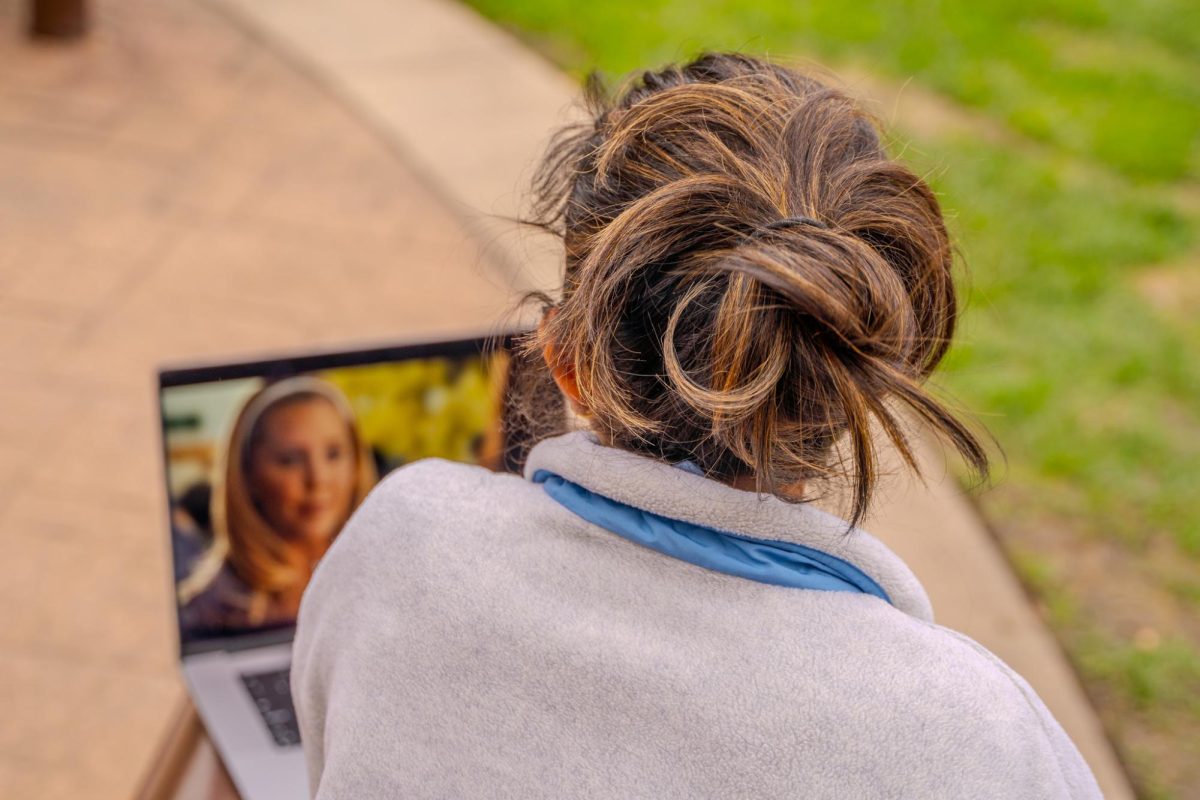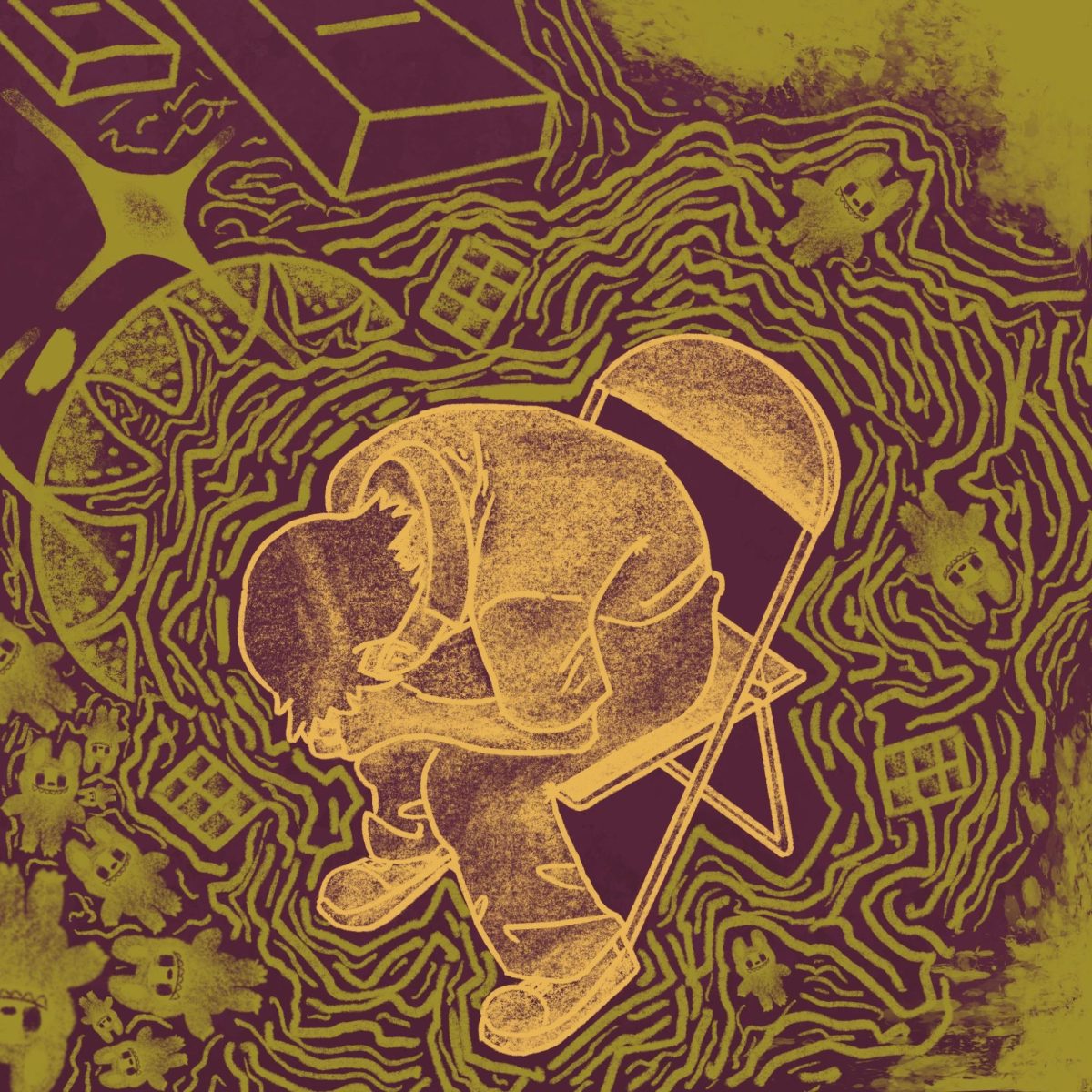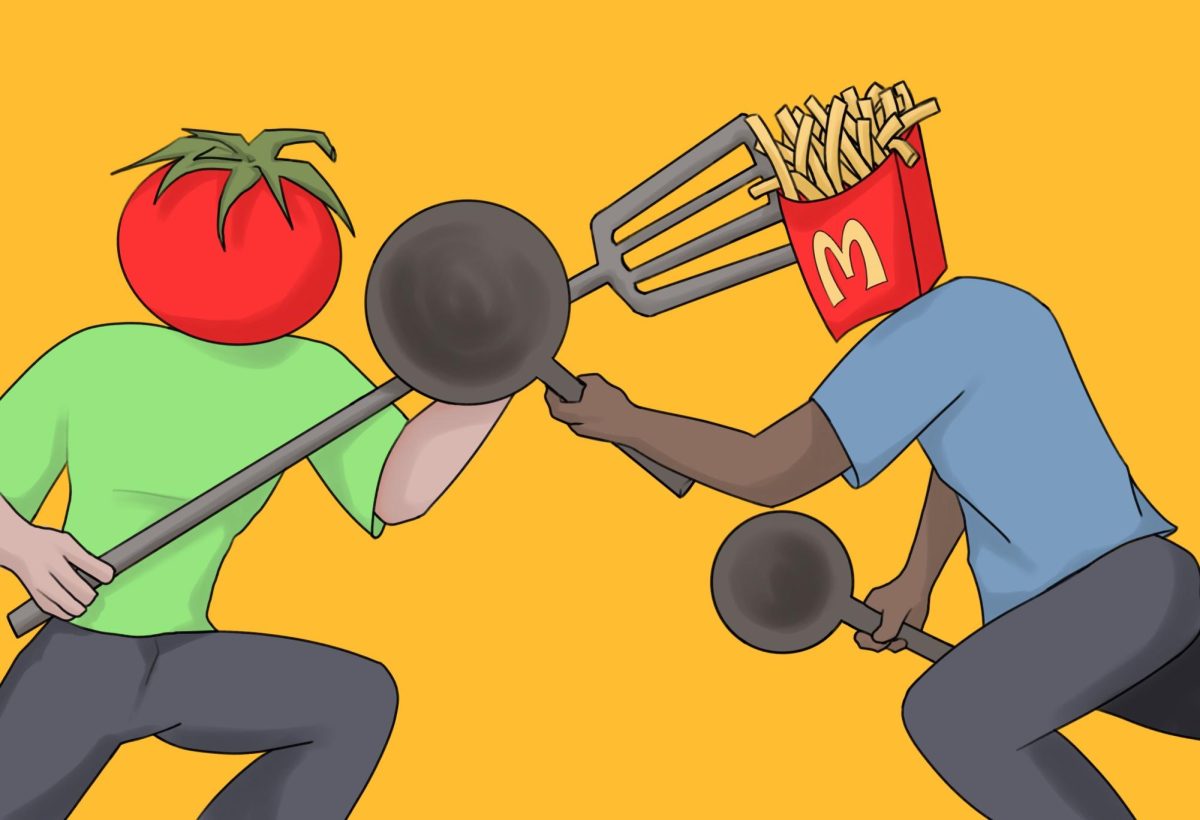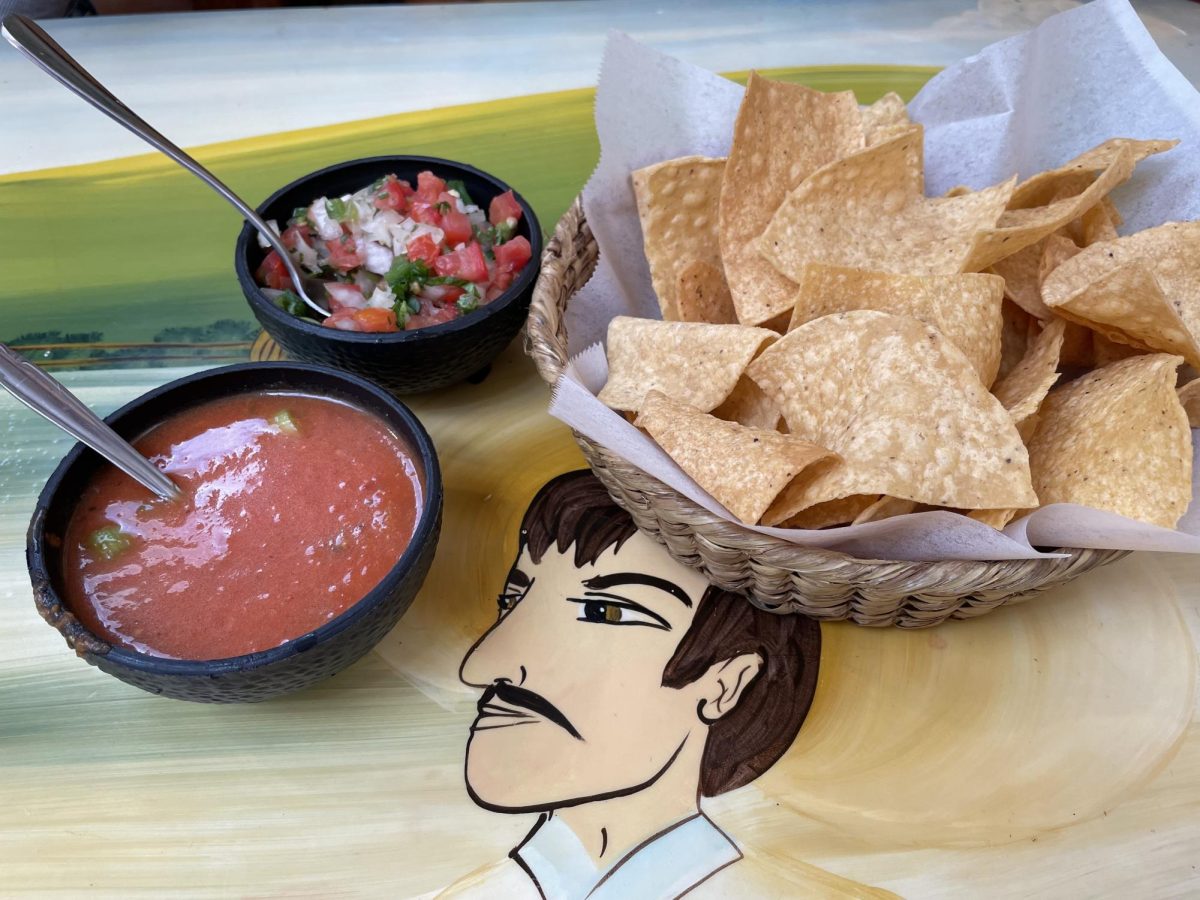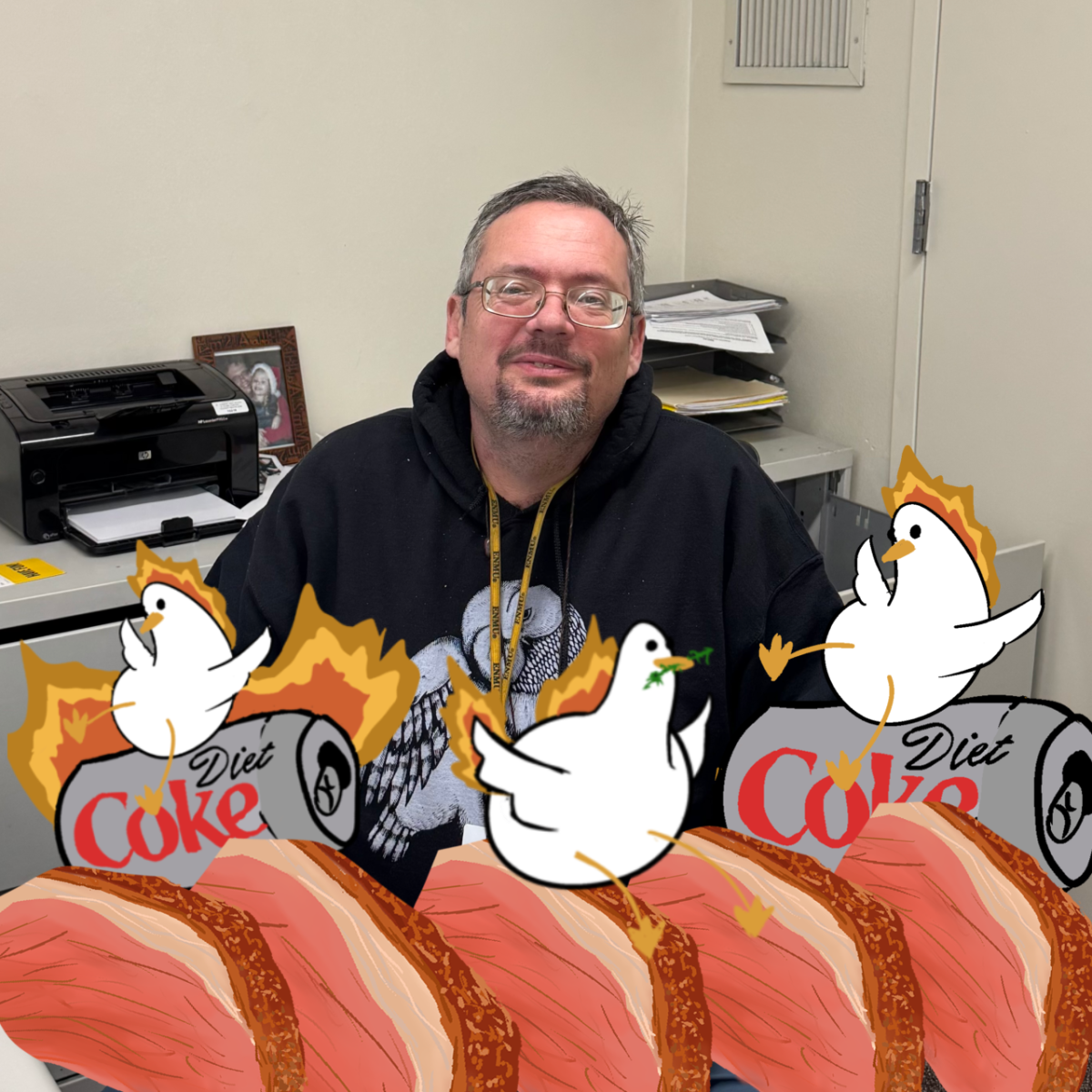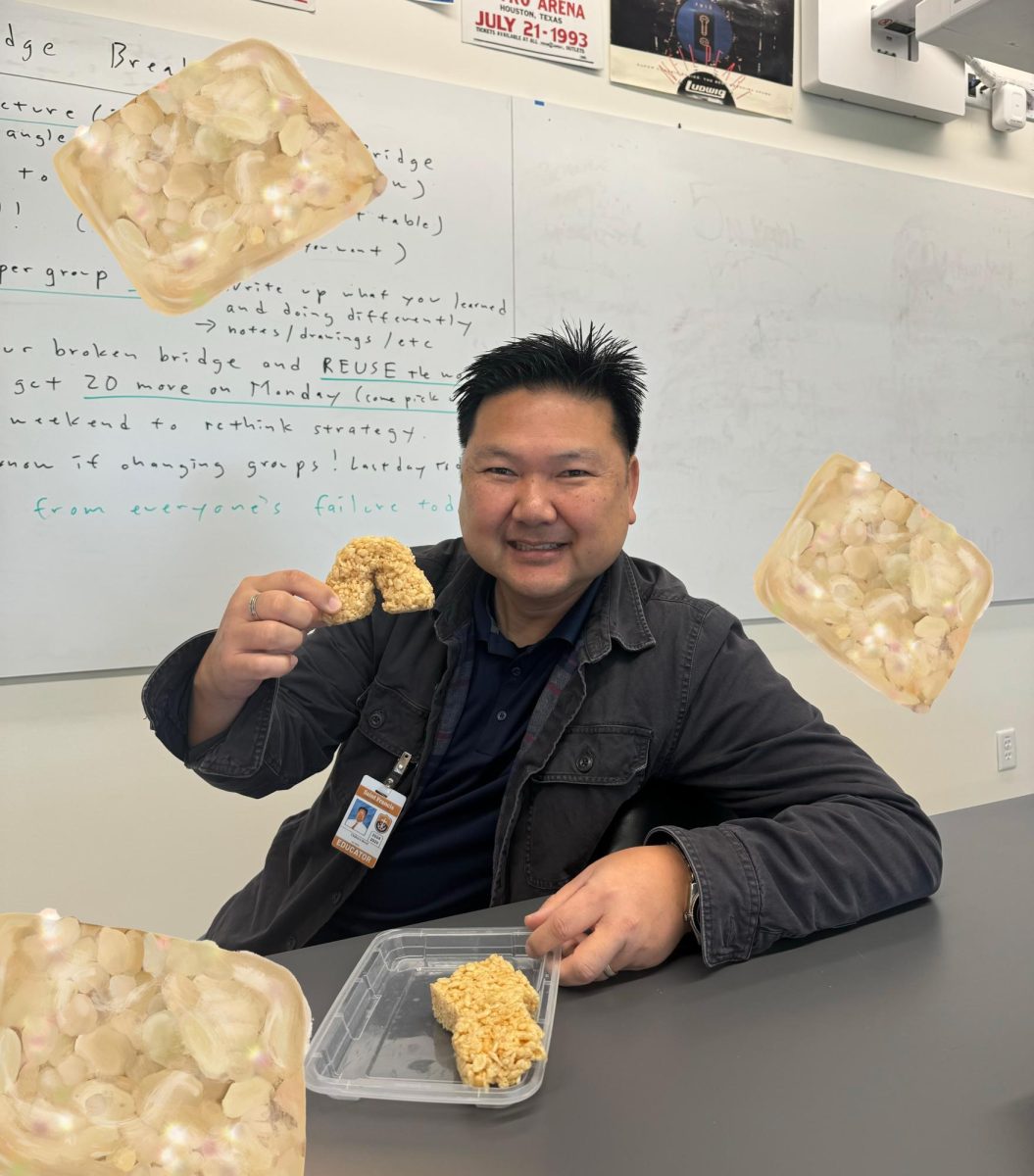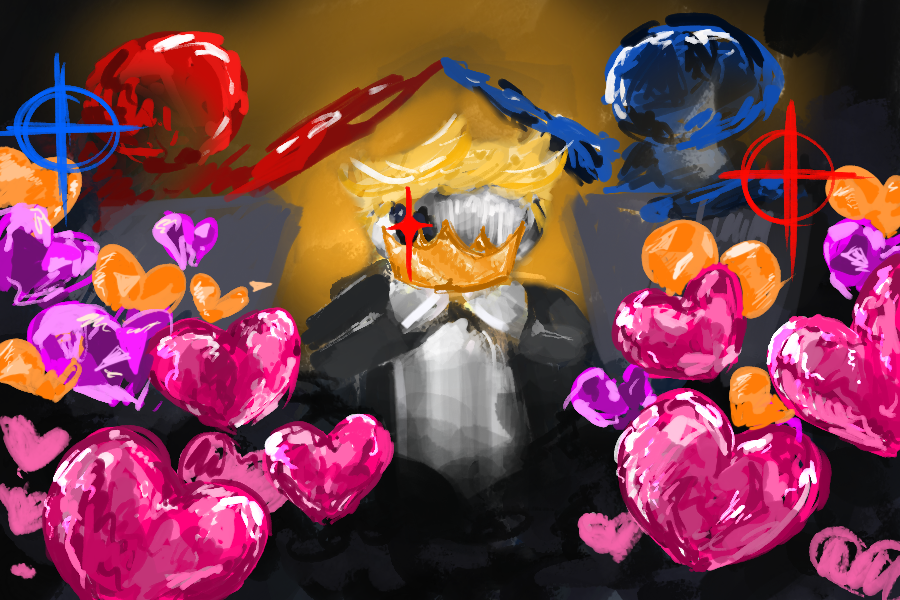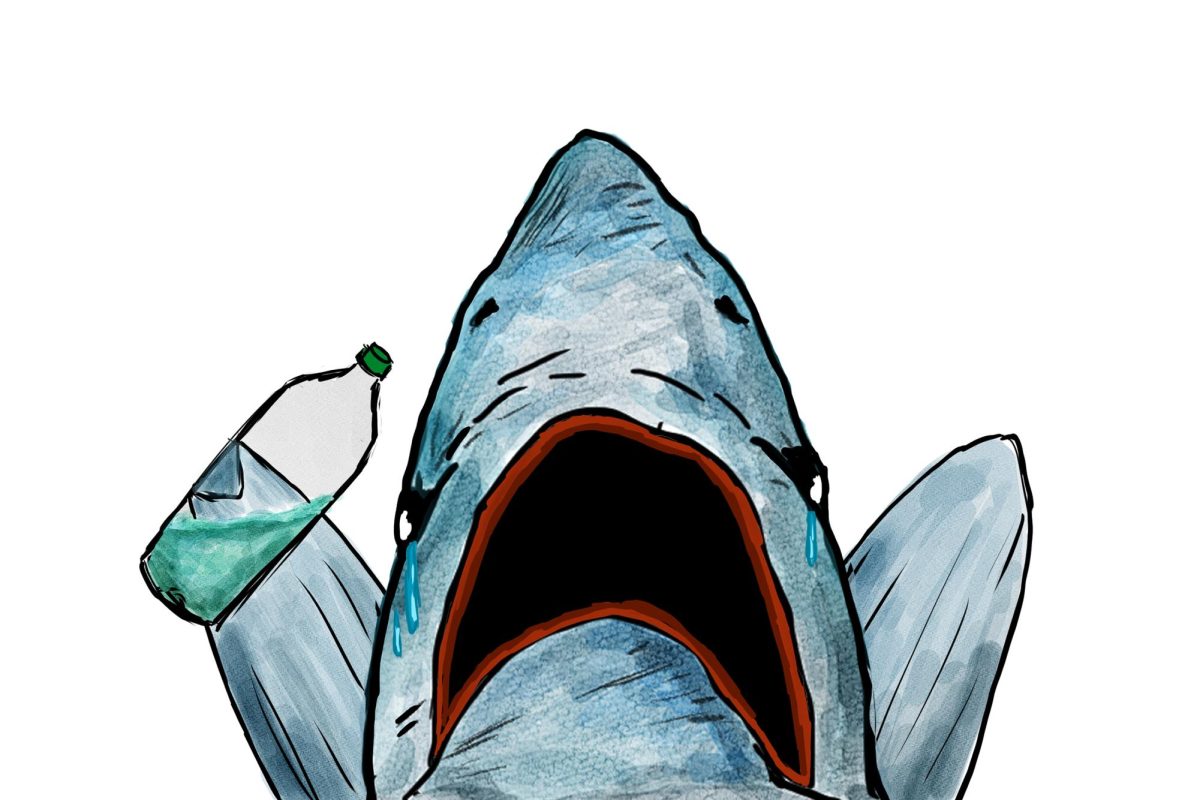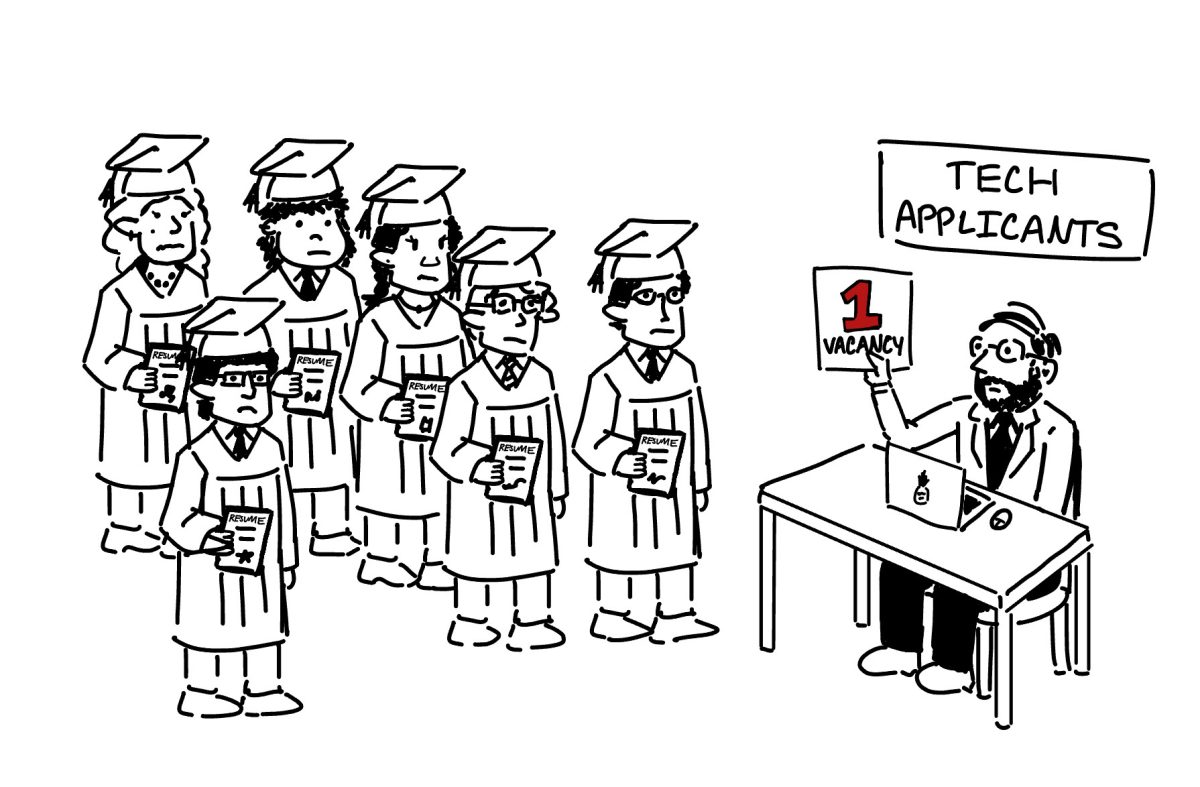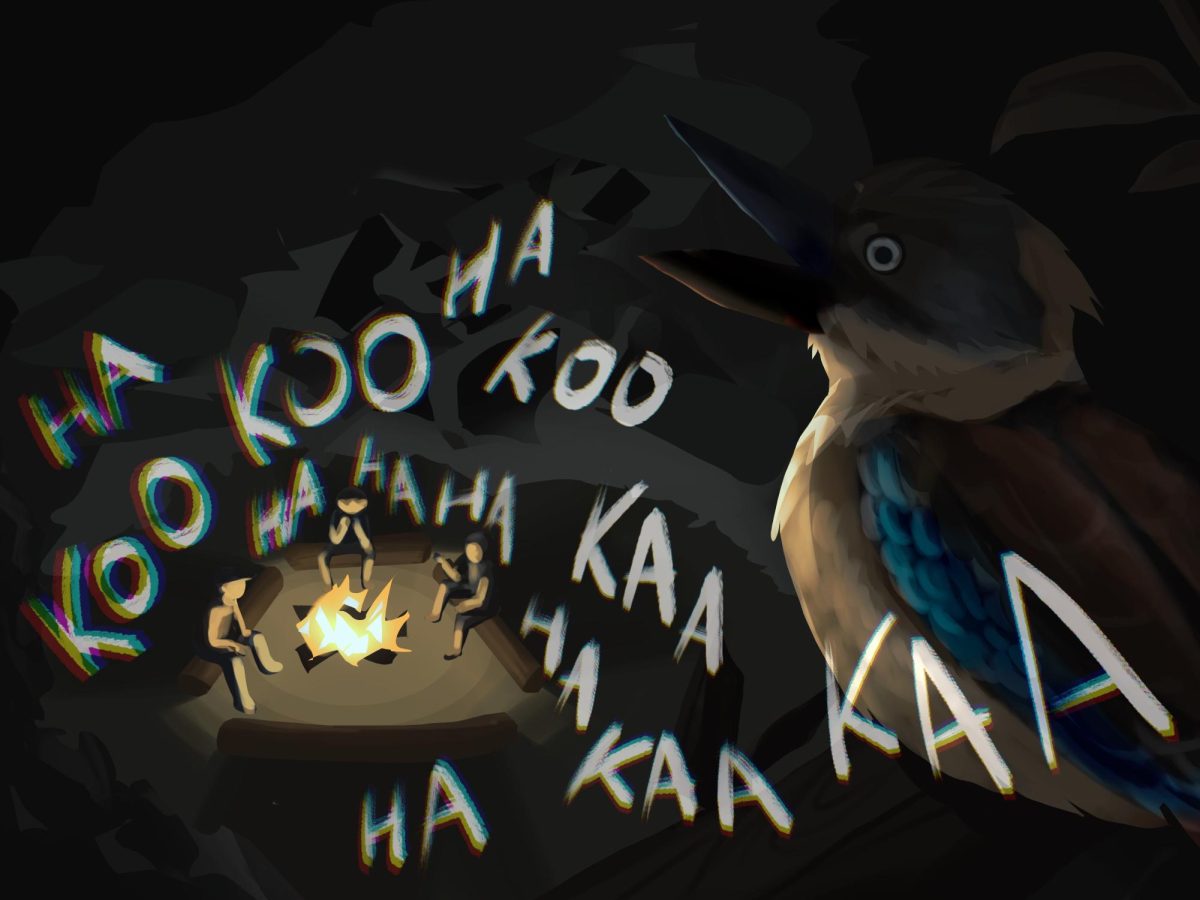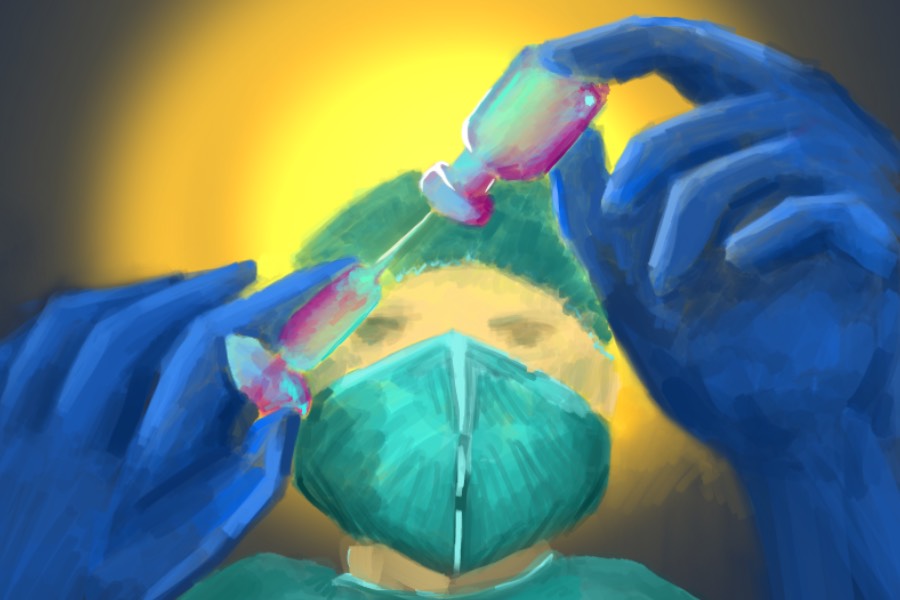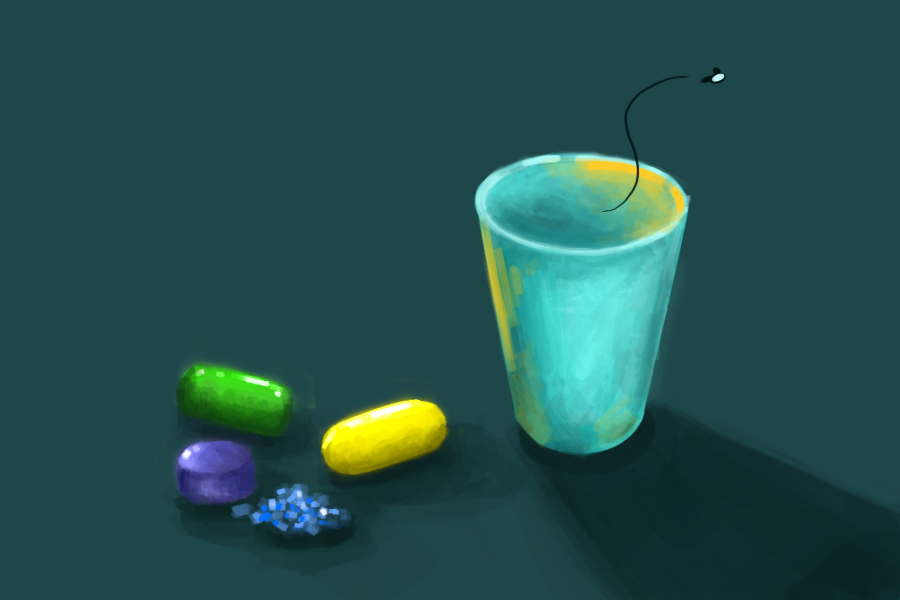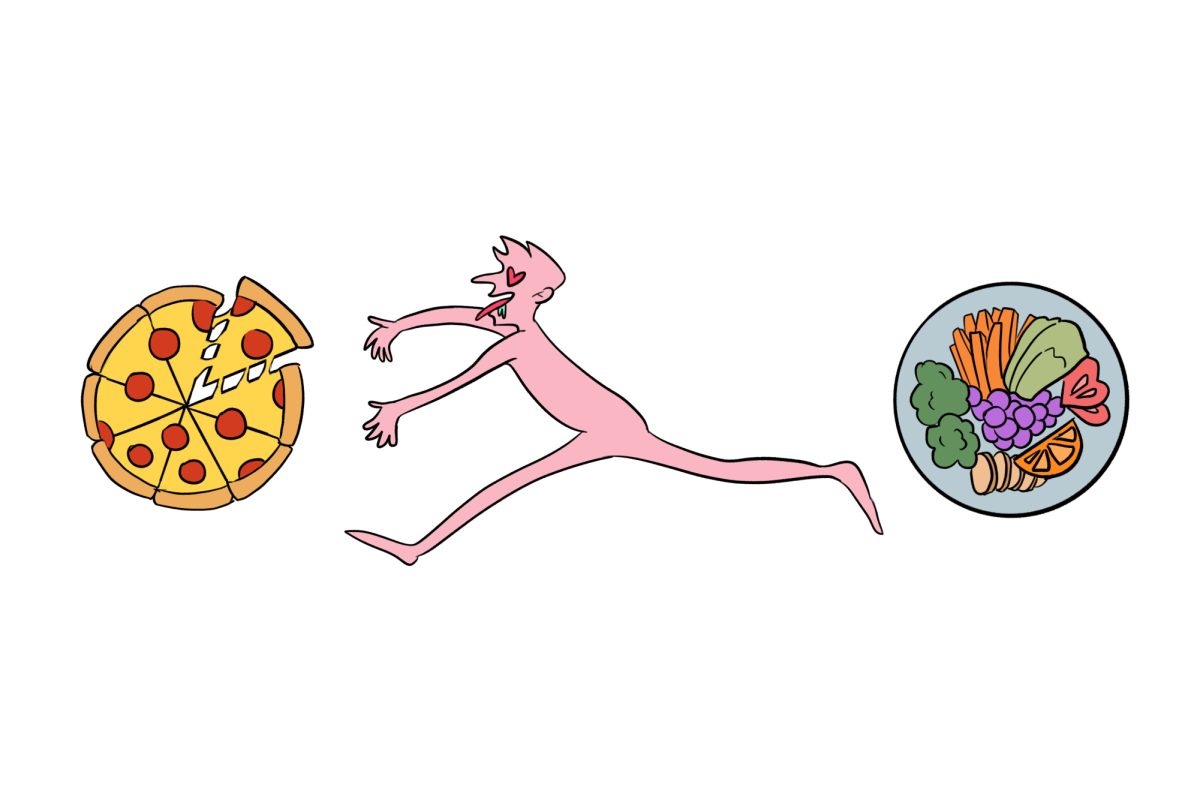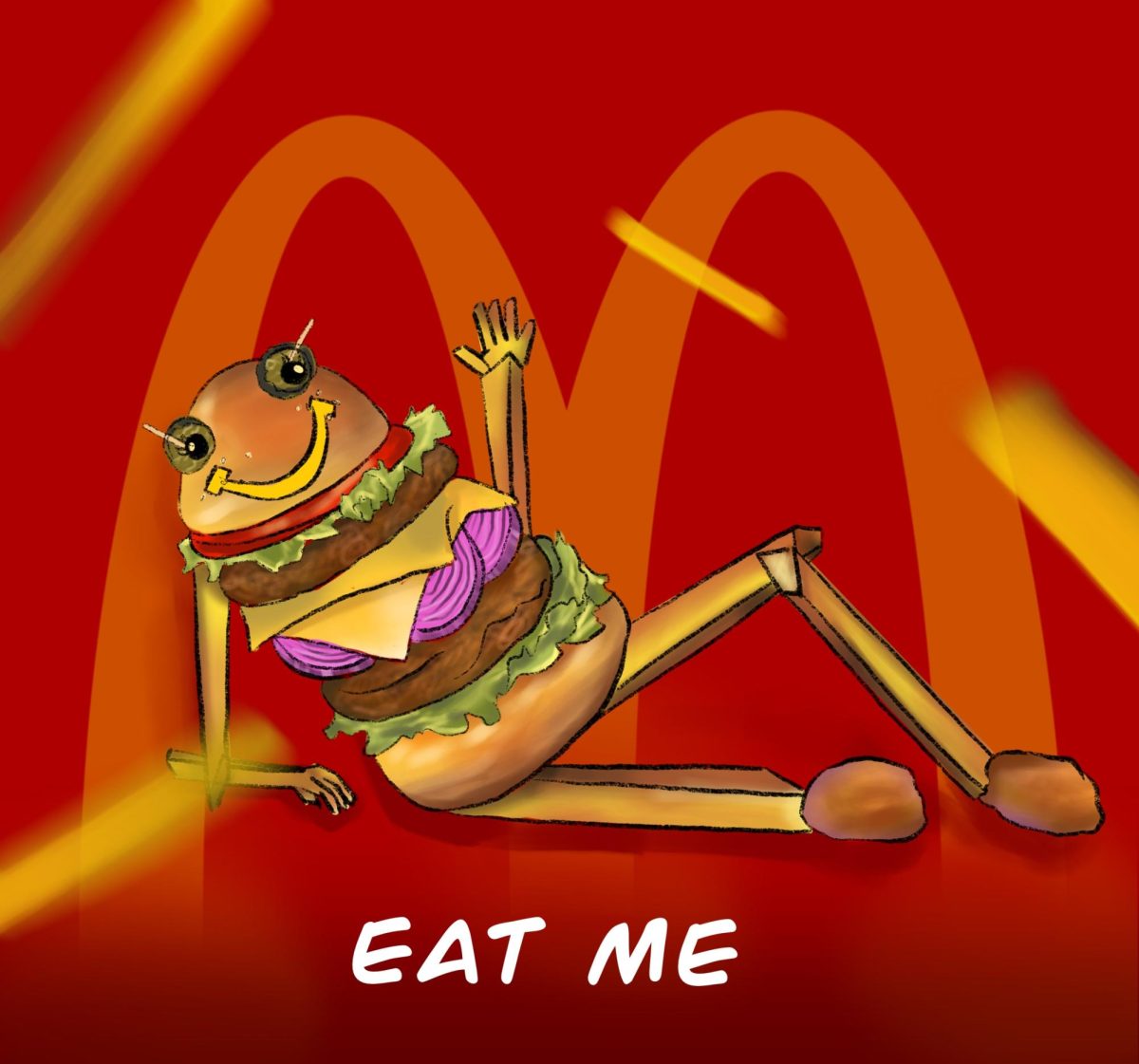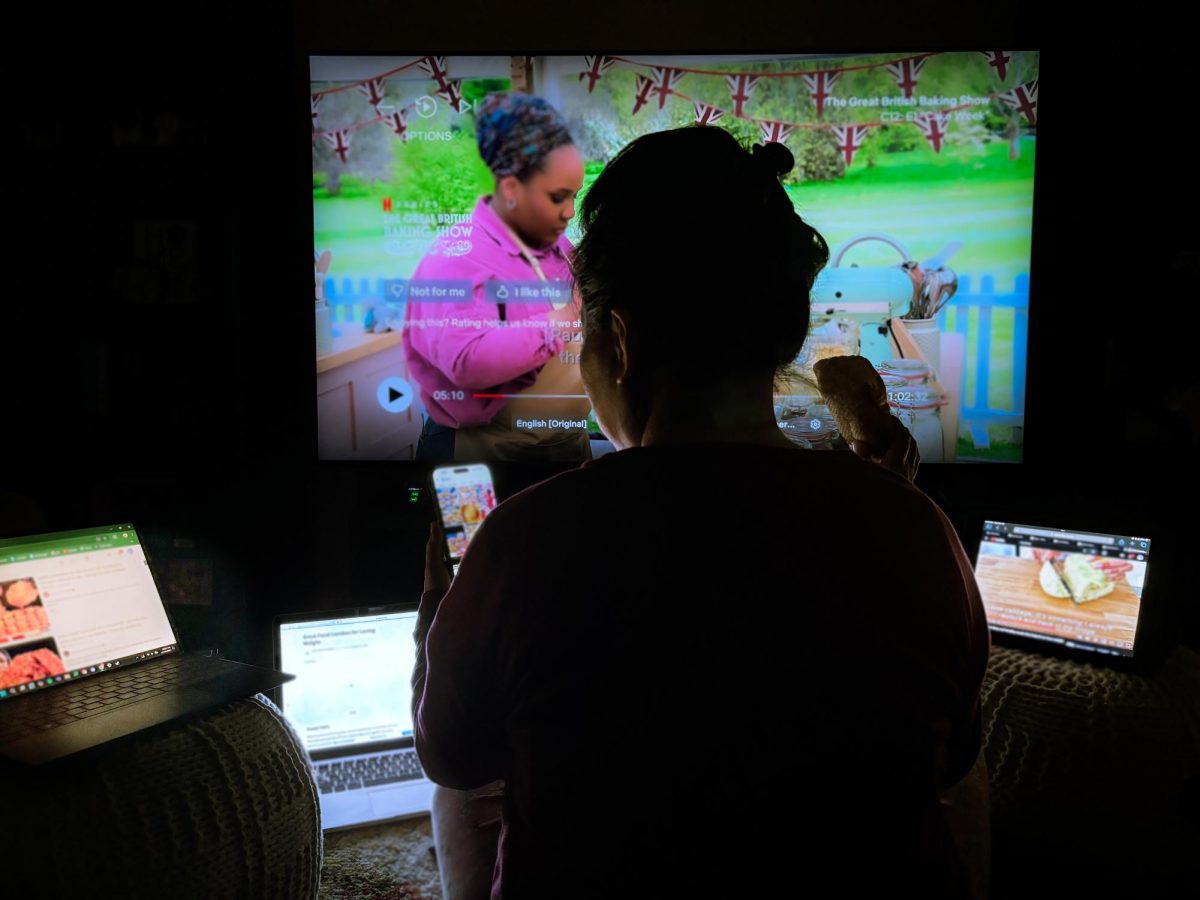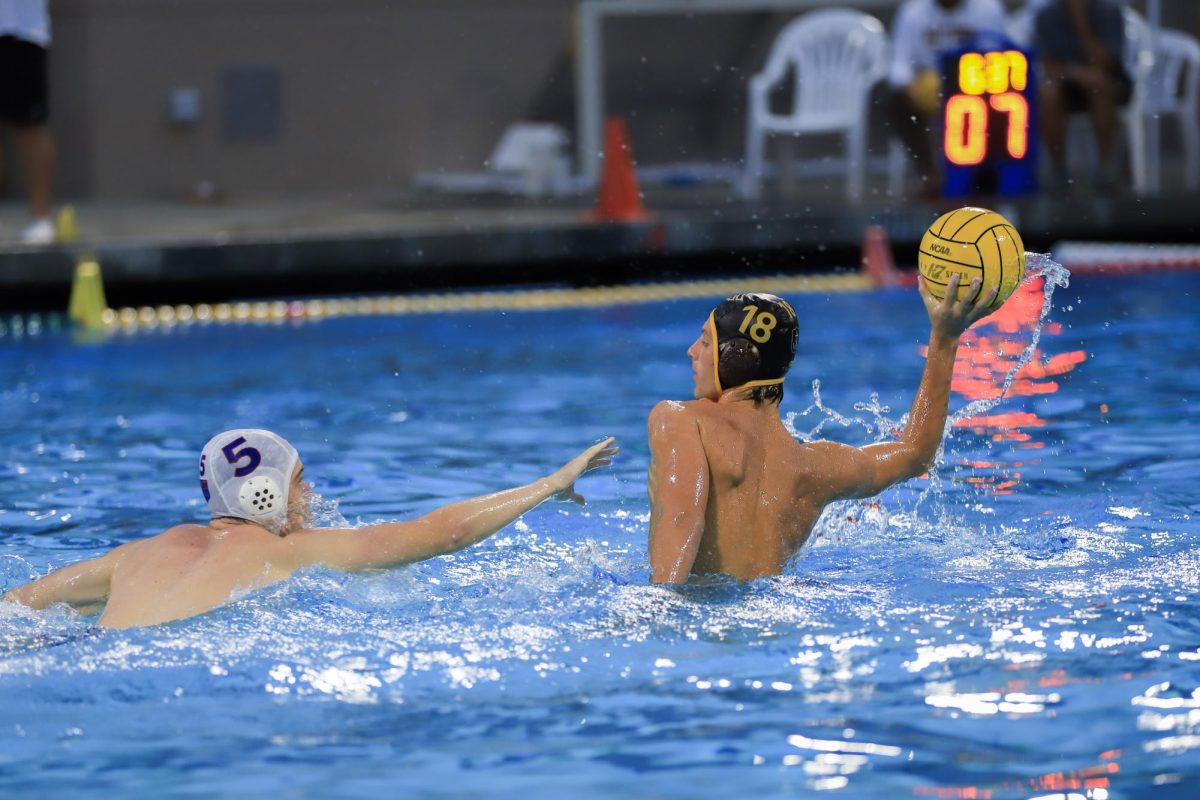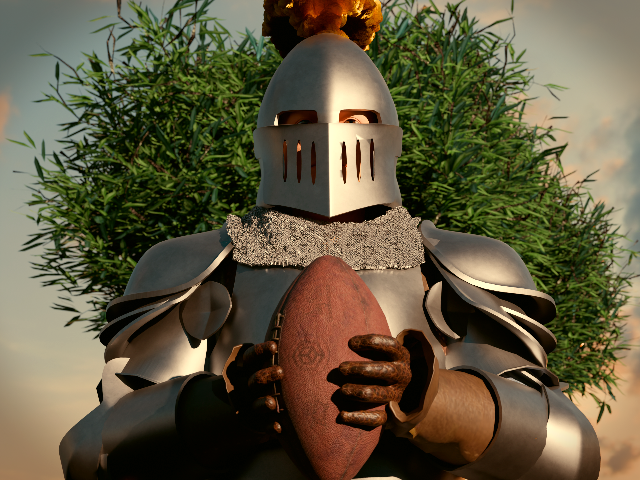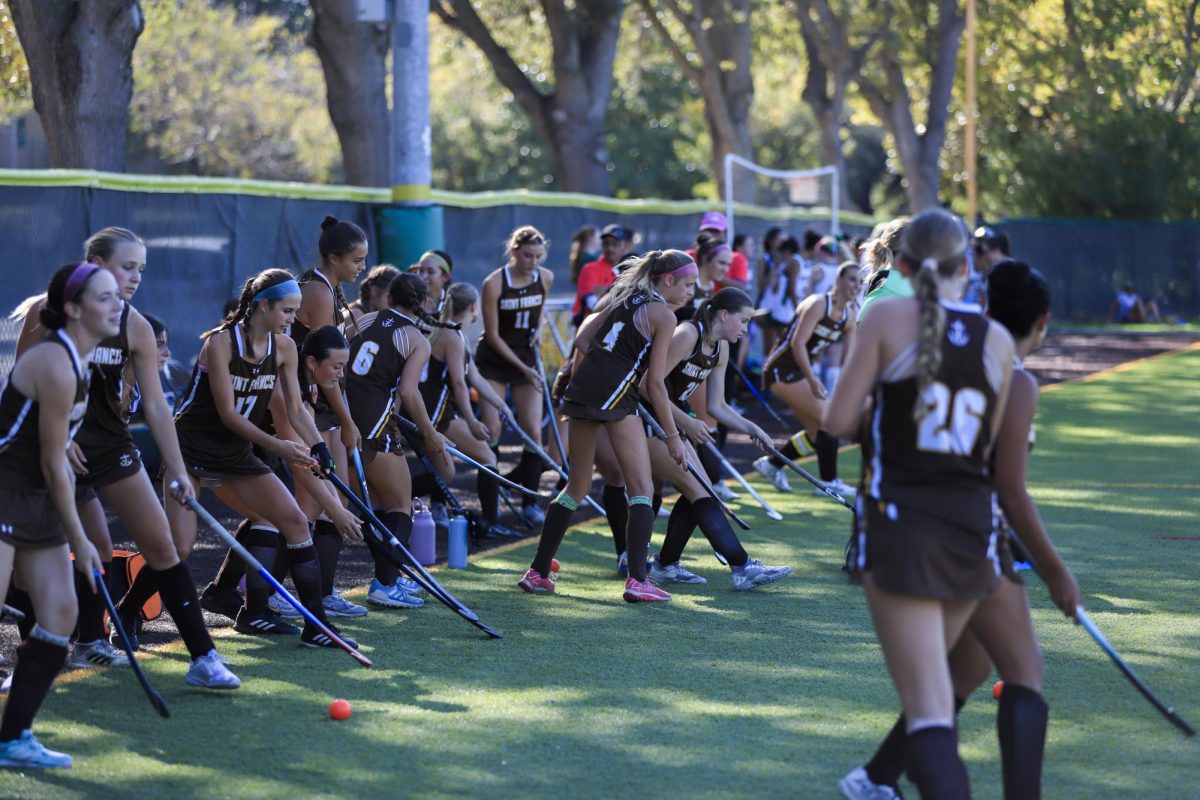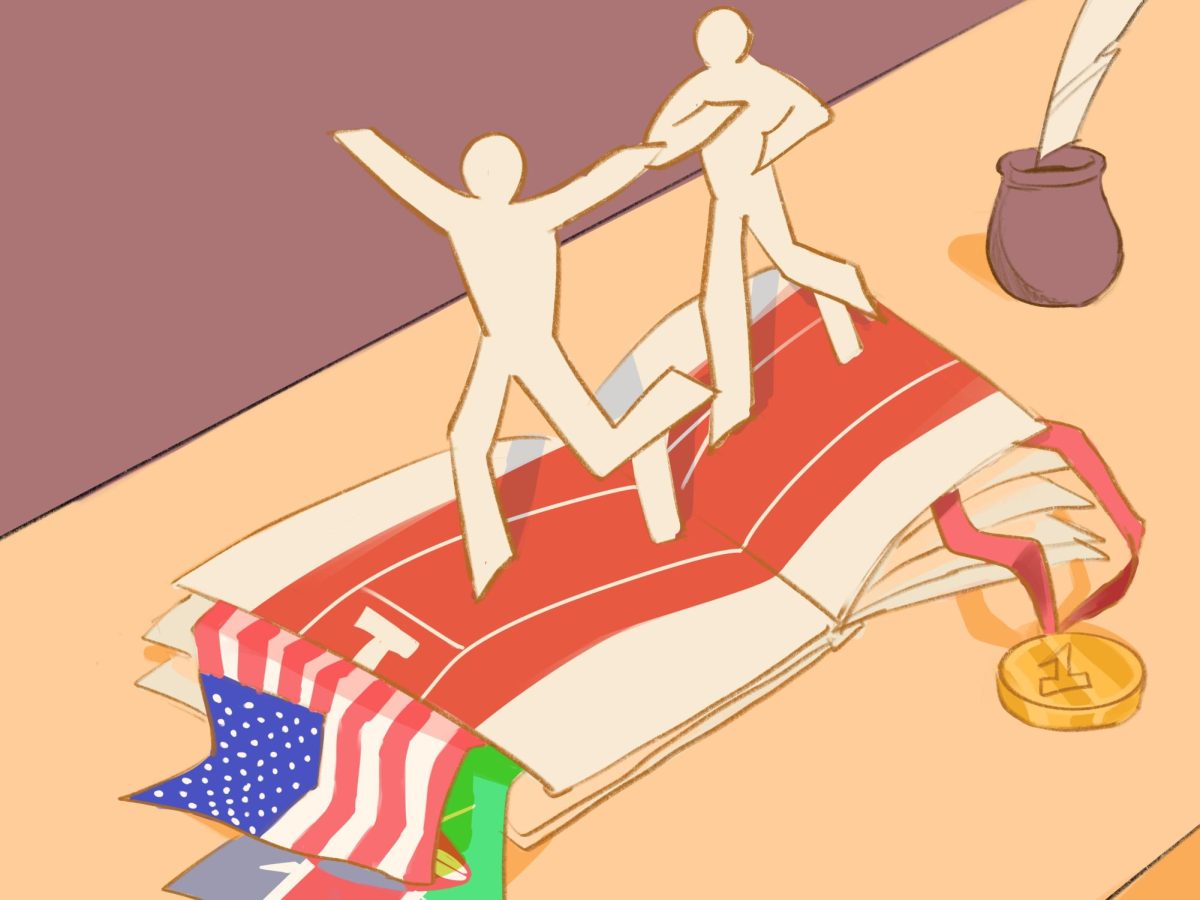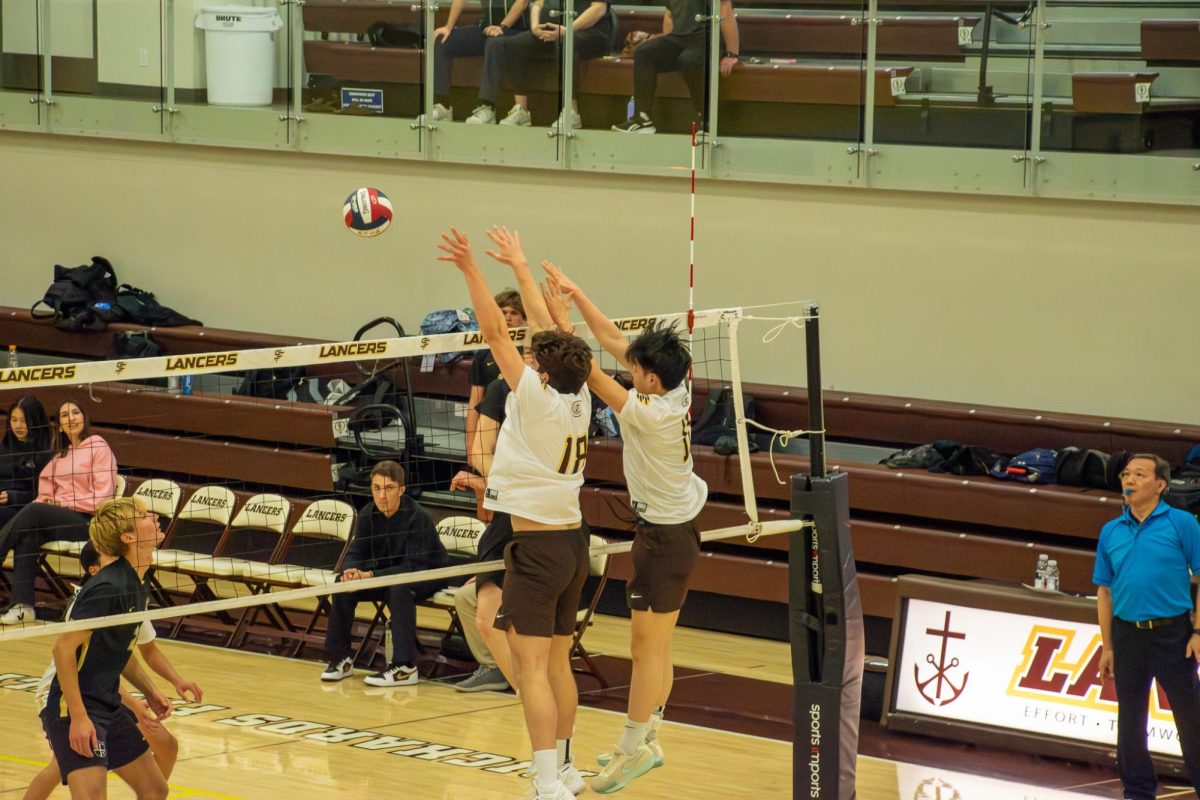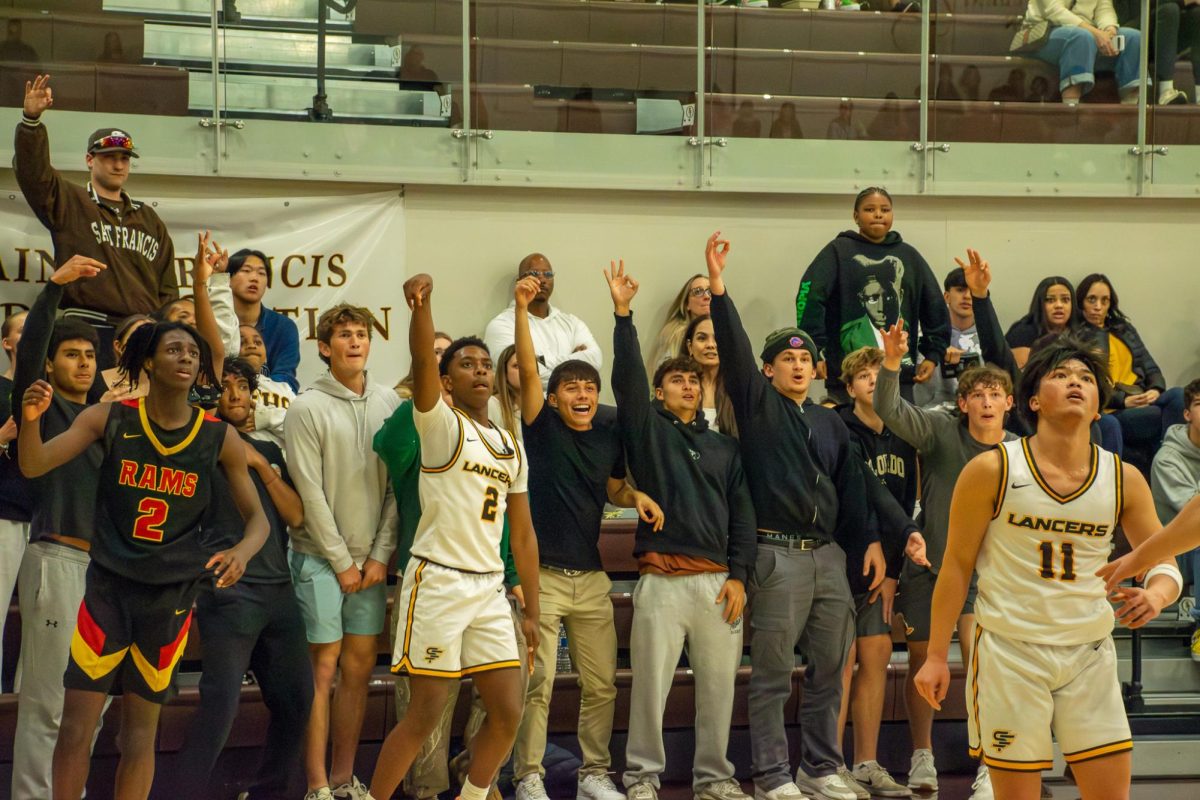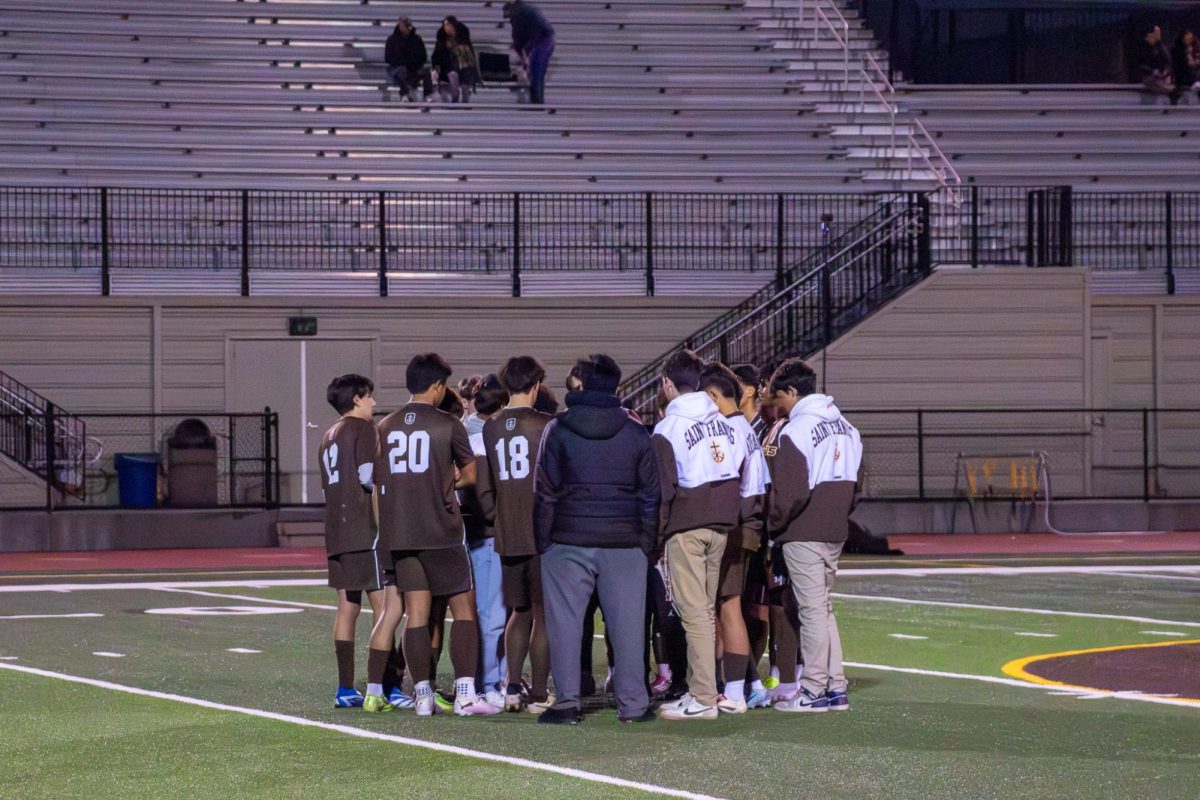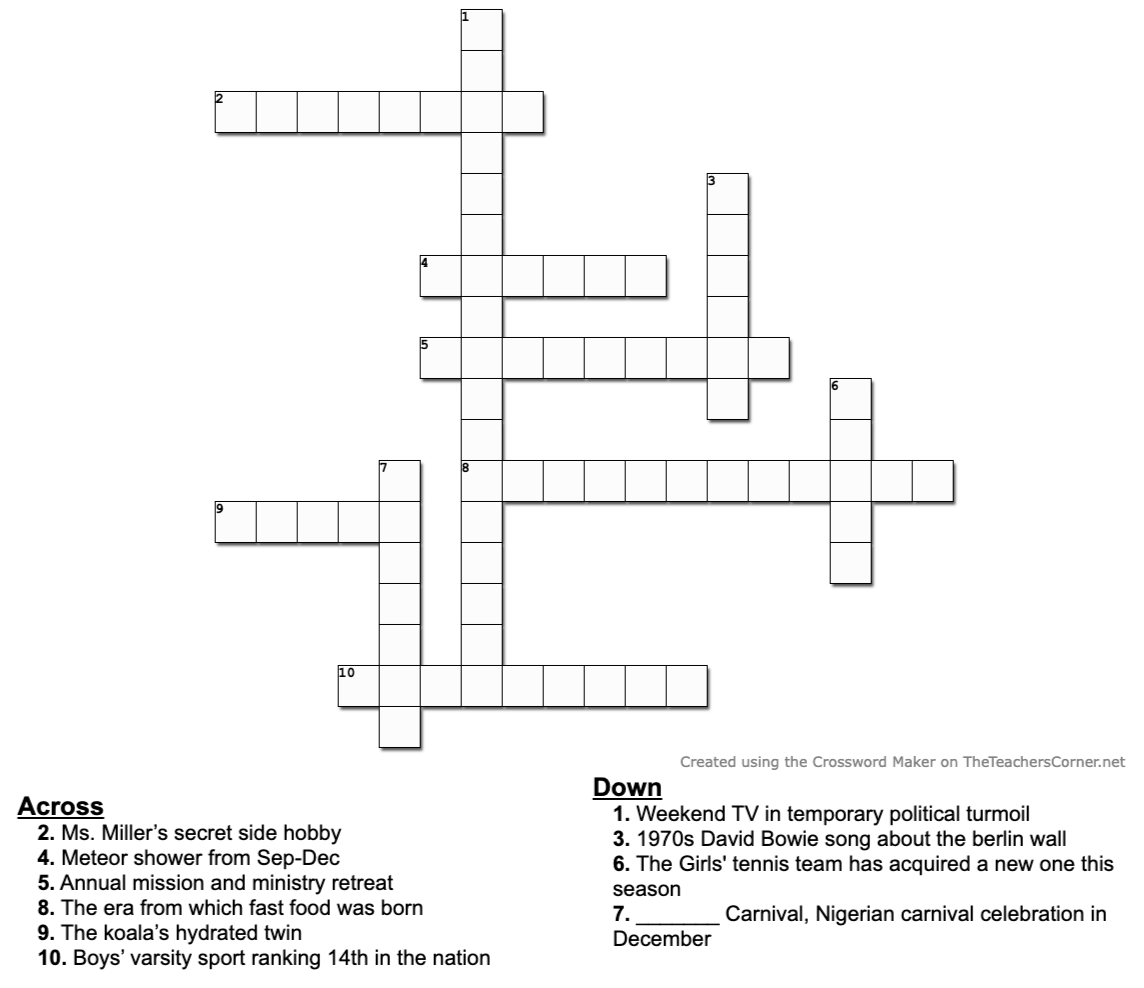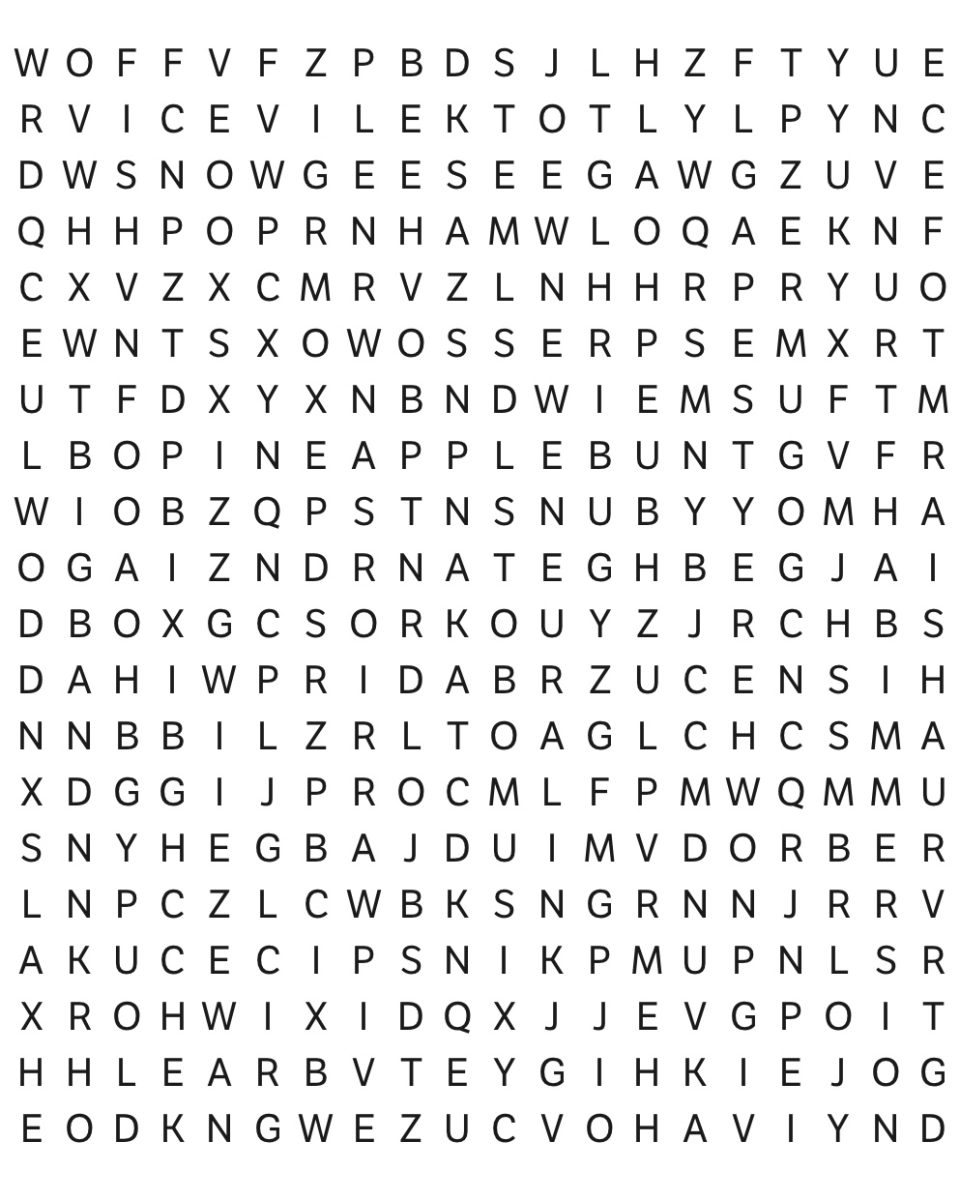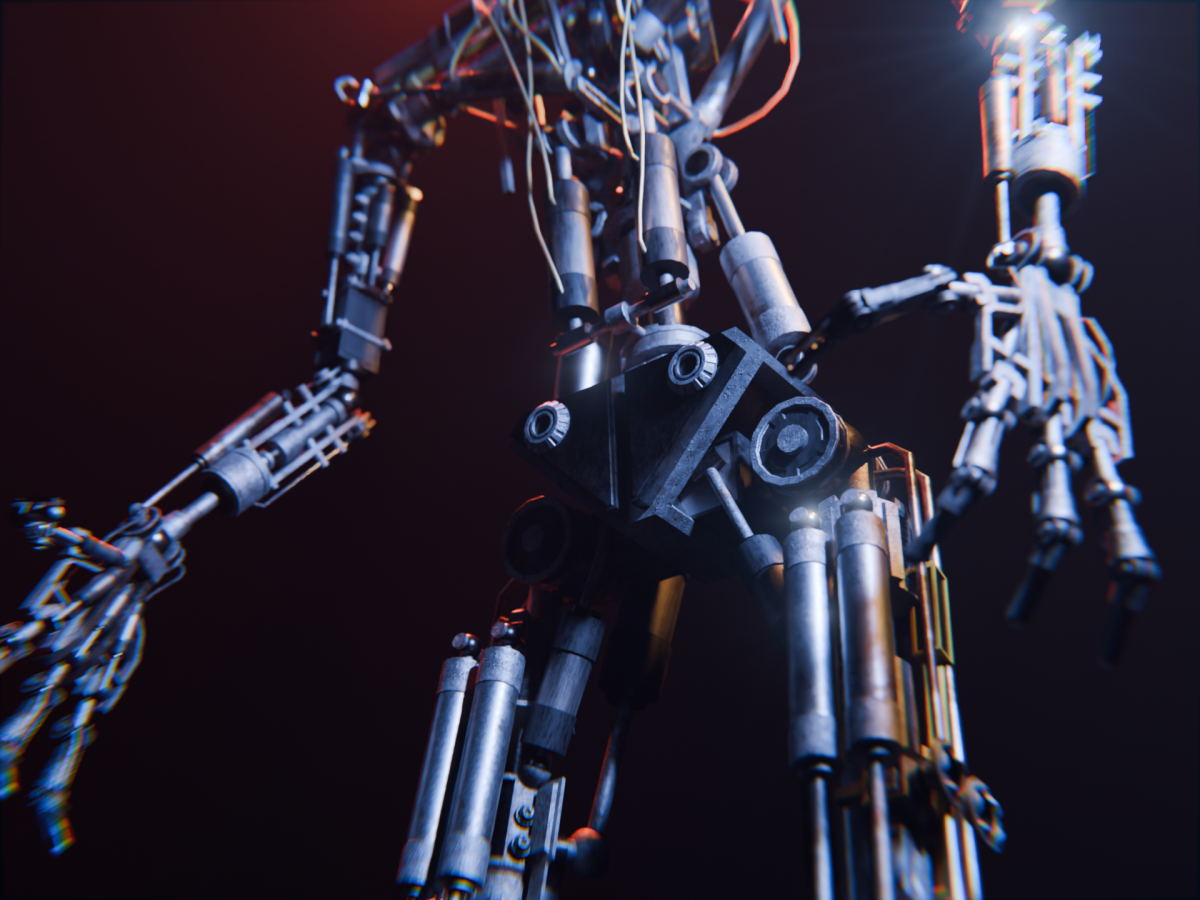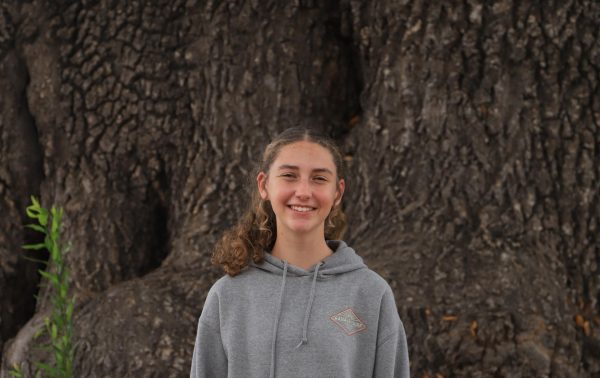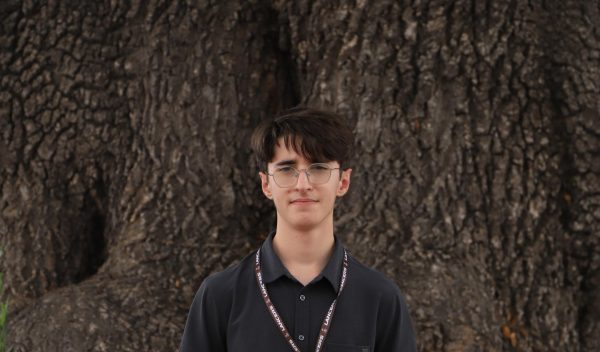On January 4, you may have been sleeping in, enjoying a restful start to the new year. But early that Saturday, nearly 100,000 students and over 27,000 mentors, spanning across roughly 4000 schools and 28 countries, met in classrooms, school garages, and labs to get a glimpse of their next six weeks—stress, planning, building, failing, fixing, and failing again. It was none other than FRC season kickoff.
But what is FRC? It stands for FIRST (For Inspiration and Recognition in Science and Technology) Robotics Competition, a global platform aimed to facilitate an accessible introduction to STEM fields for youth. Founded in 1989 by Dean Kamen, an American inventor and engineer, the program has been a wild success, inspiring children, from their elementary years into early adulthood.
One of many factors that has allowed FIRST to become world-renowned is the autonomy of its student-driven teams, creating a unique educator-student relationship that closely resembles that of a real workplace. Lancer Robotics sophomore Avani Thakur (’27) attests that the most important part of finding success on the team is taking initiative: “There’s not a lot of people telling you what to do. Of course there are specific tasks that need to be completed by certain deadlines, but to really grow in the club you need to understand everything we’re doing for a specific FRC season. You really need to show initiative and be the one who’s trying to learn.”
Its most competitive sector occurs in high school, when early each year, FIRST announces the game, or challenge, for its season. From there, teams spend a month and a half constructing a robot designed to excel in the game. Their hard work culminates at regional competitions where they are randomly paired with other school teams who then work together to succeed in a series of matches, vying for top spots. As the weekend draws to a close, the highest ranked teams strategically select the teams they will ally with for the final matches. After three robotic battles, the winning alliance earns a coveted ticket to the pinnacle of FIRST competition: Worlds. Hosted in Houston, Texas, 600 of the best teams worldwide travel to the FIRST Championships and compete for it all.
This year’s game is called Reefscape, incorporating stylized coral and scuba diving elements for an underwater theme. Teams have to perform various tasks to be successful in matches each season. Reefscape requires robots to be able to pick up large yoga balls and throw them into tall nets, place PVC pipes on skewered “coral garden” props in the center of the field, and finally, climb a swinging “barge” for ascent. Following resource and design guidelines, teams create their own manipulators and code to perform these tasks in just under three minutes, thirty seconds of which are autonomously carried out by the bots. With such limited time, efficiency is imperative—breaking any component could cost you an entire round. Not to mention all of the preparation for these rigorous competitions occurs in just six weeks!
It seems daunting, even impossible at first, but our very own Saint Francis Robotics Team, number 2367, does it every year. The team is in the process of reinventing itself and is under the new leadership of Mr. Addison Raak, Saint Francis alumni and engineer. And, thanks to the construction of the innovation center with a dedicated robotics lab, the team is making substantial changes to their culture and program. Last year they made it to the playoff rounds of the Silicon Valley Regional event (SVR), but this year, they are striving to match the 2018 Lancers and make it all the way to Worlds!
According to team fabrication lead James Bryer (’25), part of achieving this goal is having a capable team with many experience levels: “We’re trying to put more of an emphasis on involving newer members in the design process this year. We want team members to start gaining real experience early so they’re able to improve faster.”
Win or lose, being a part of the FRC universe is only the beginning. Raak explains that the most rewarding part of his role is “watching something click for a kid and seeing that moment when they realize that they might want to be an engineer.”

